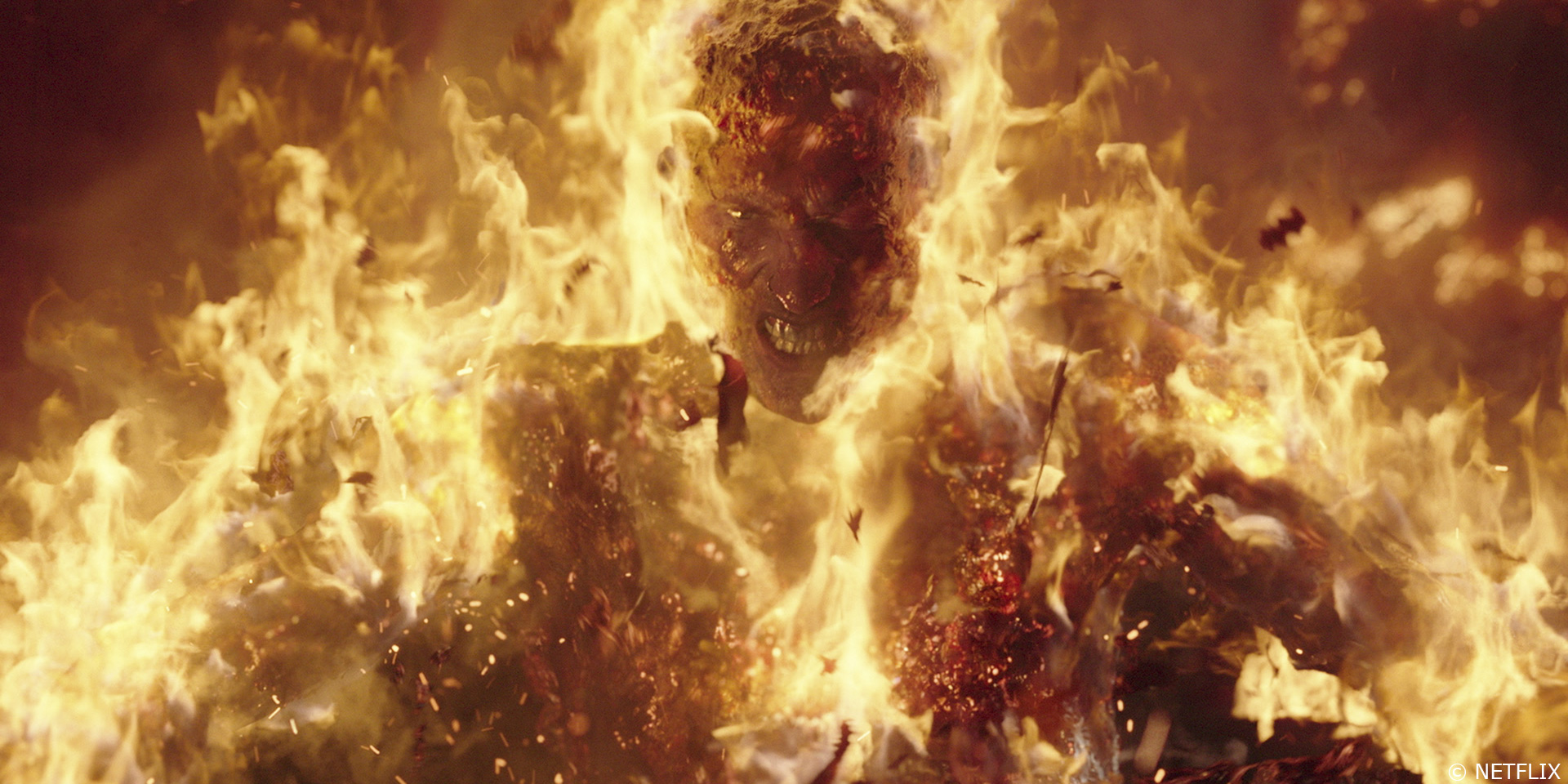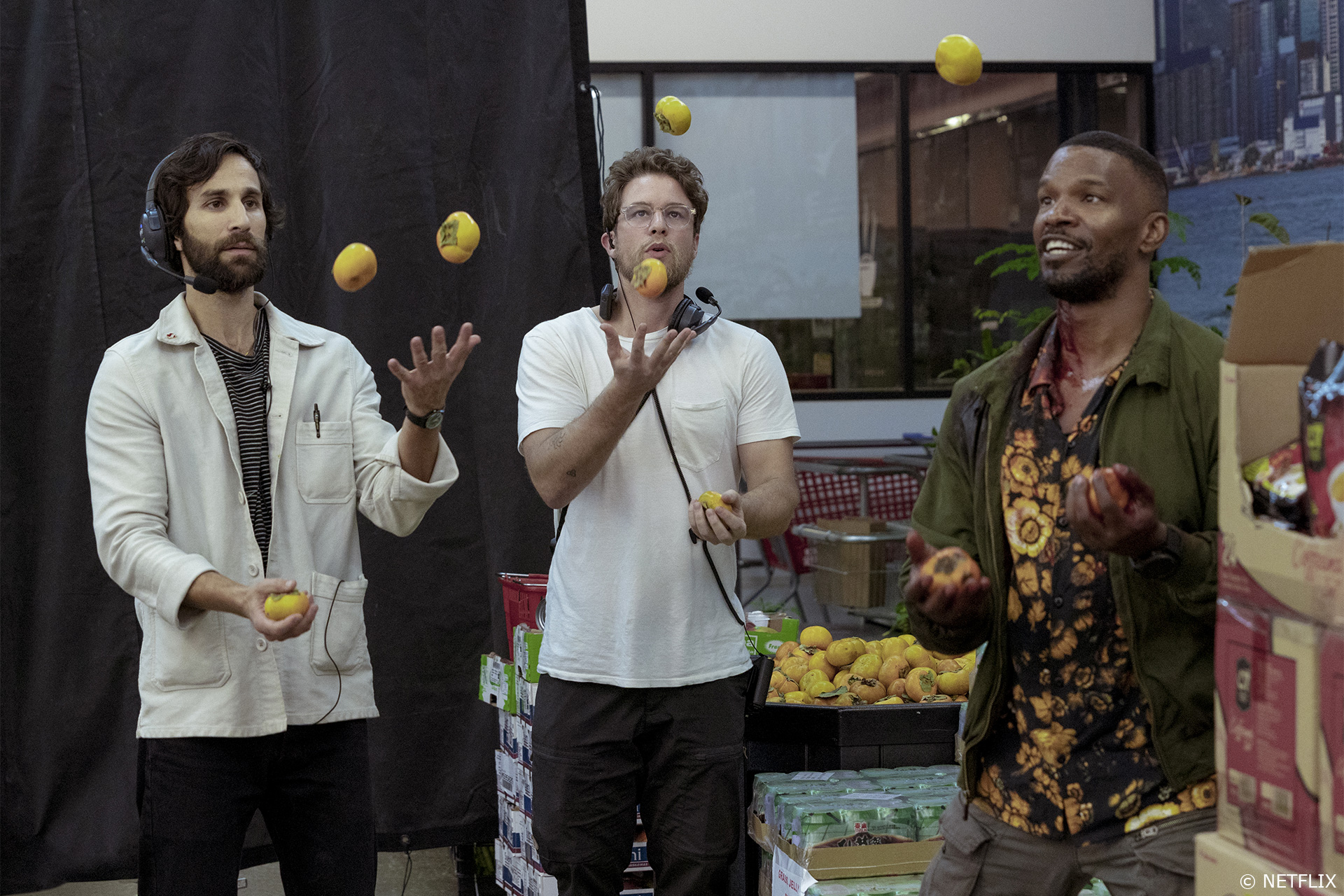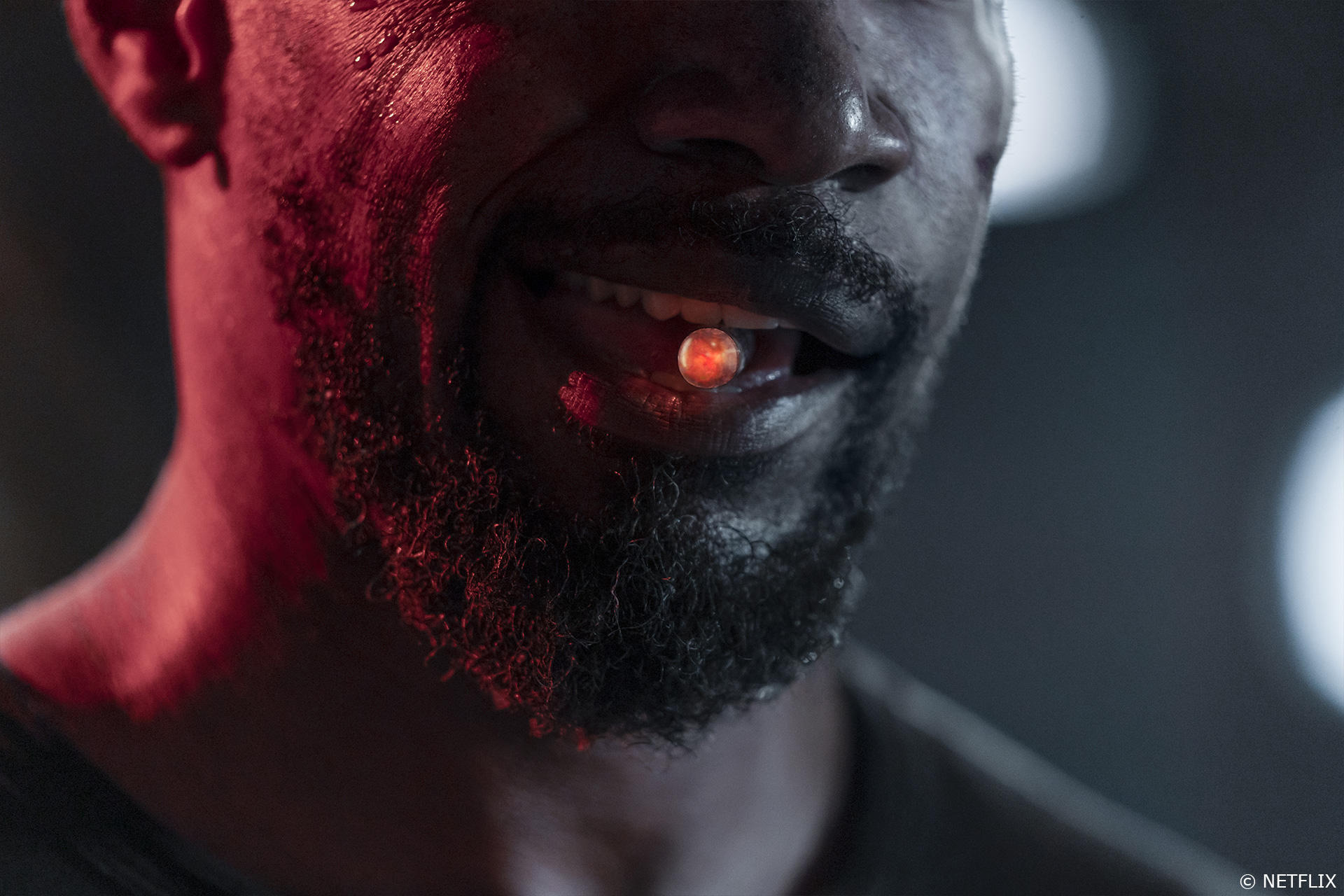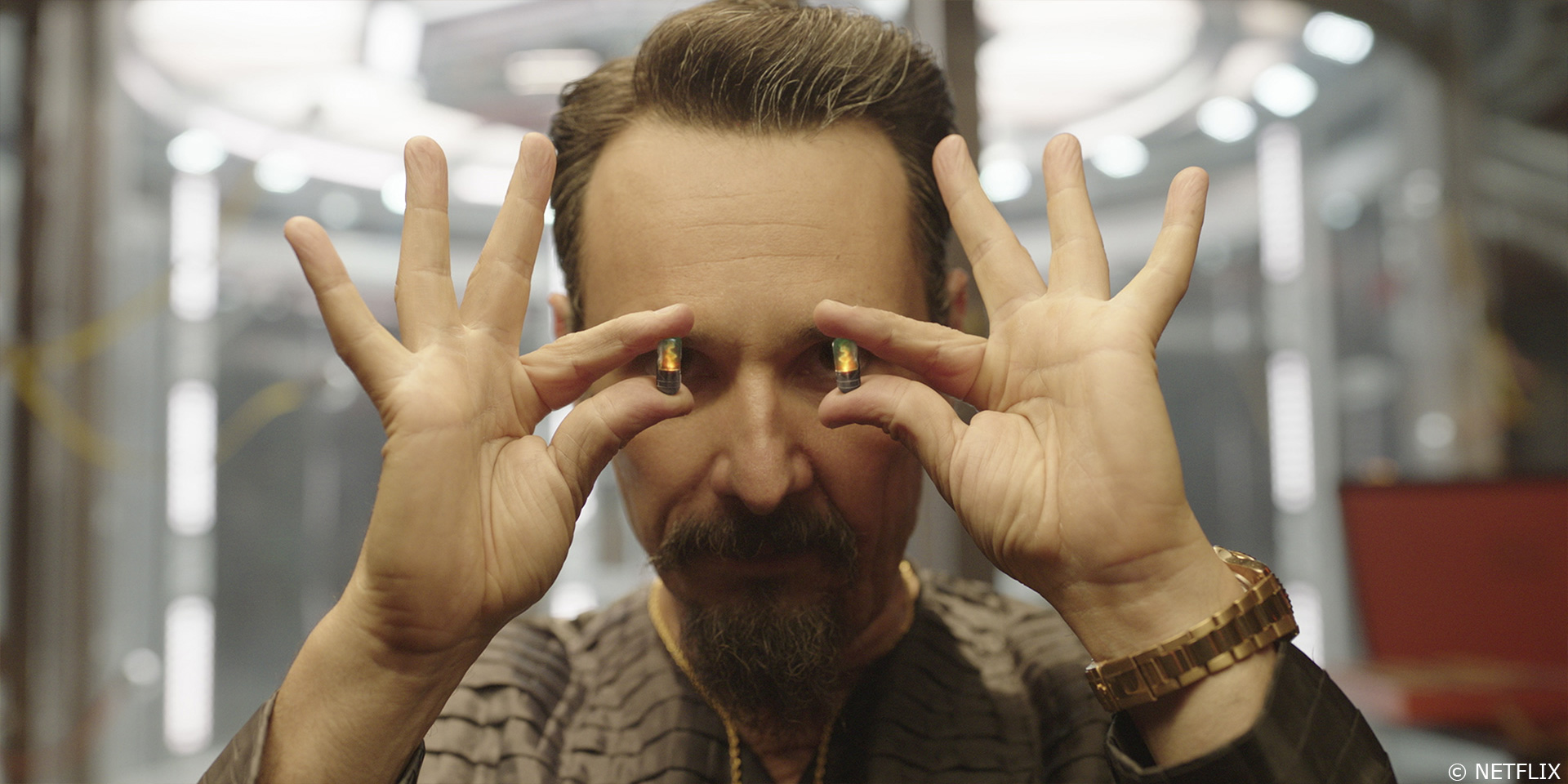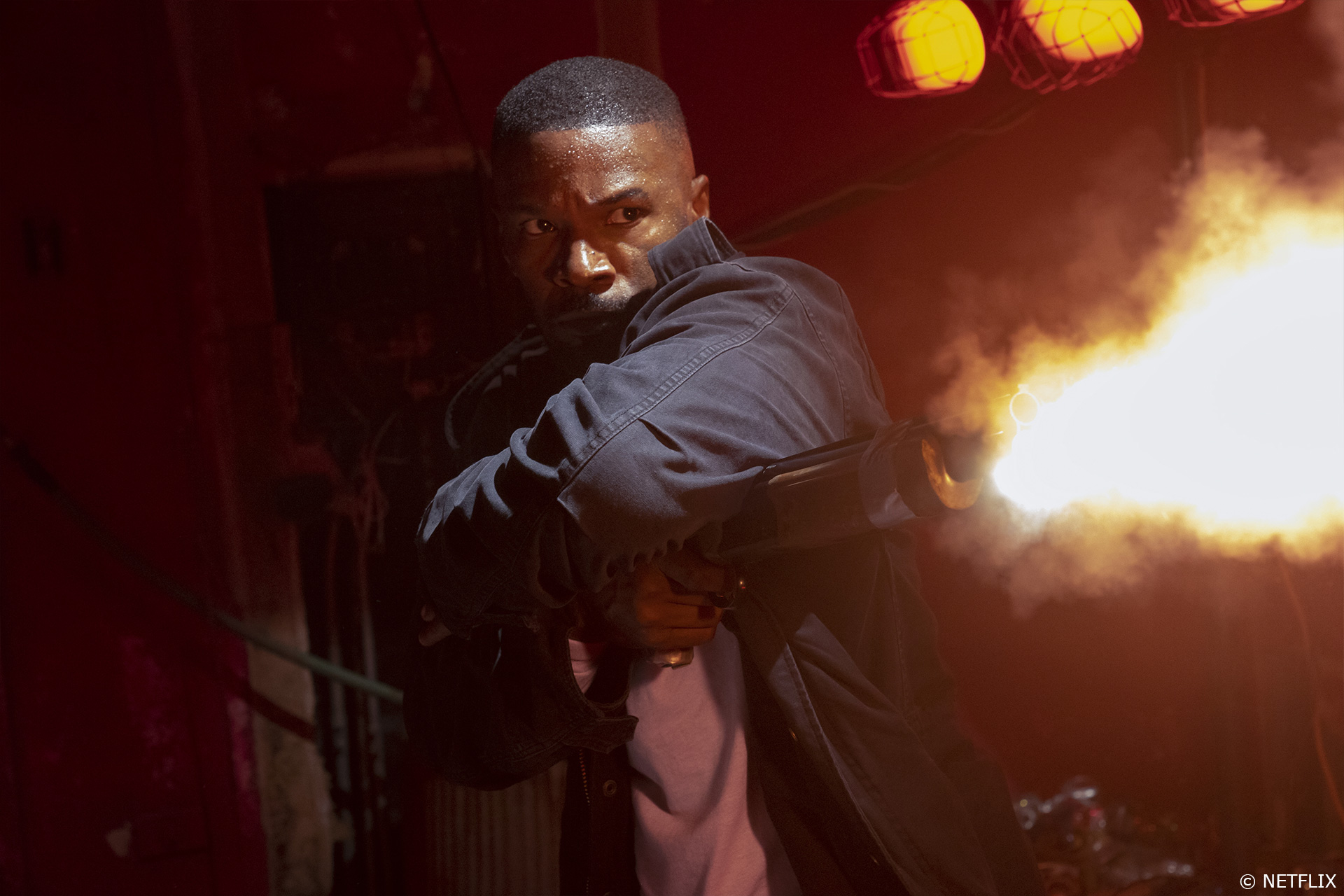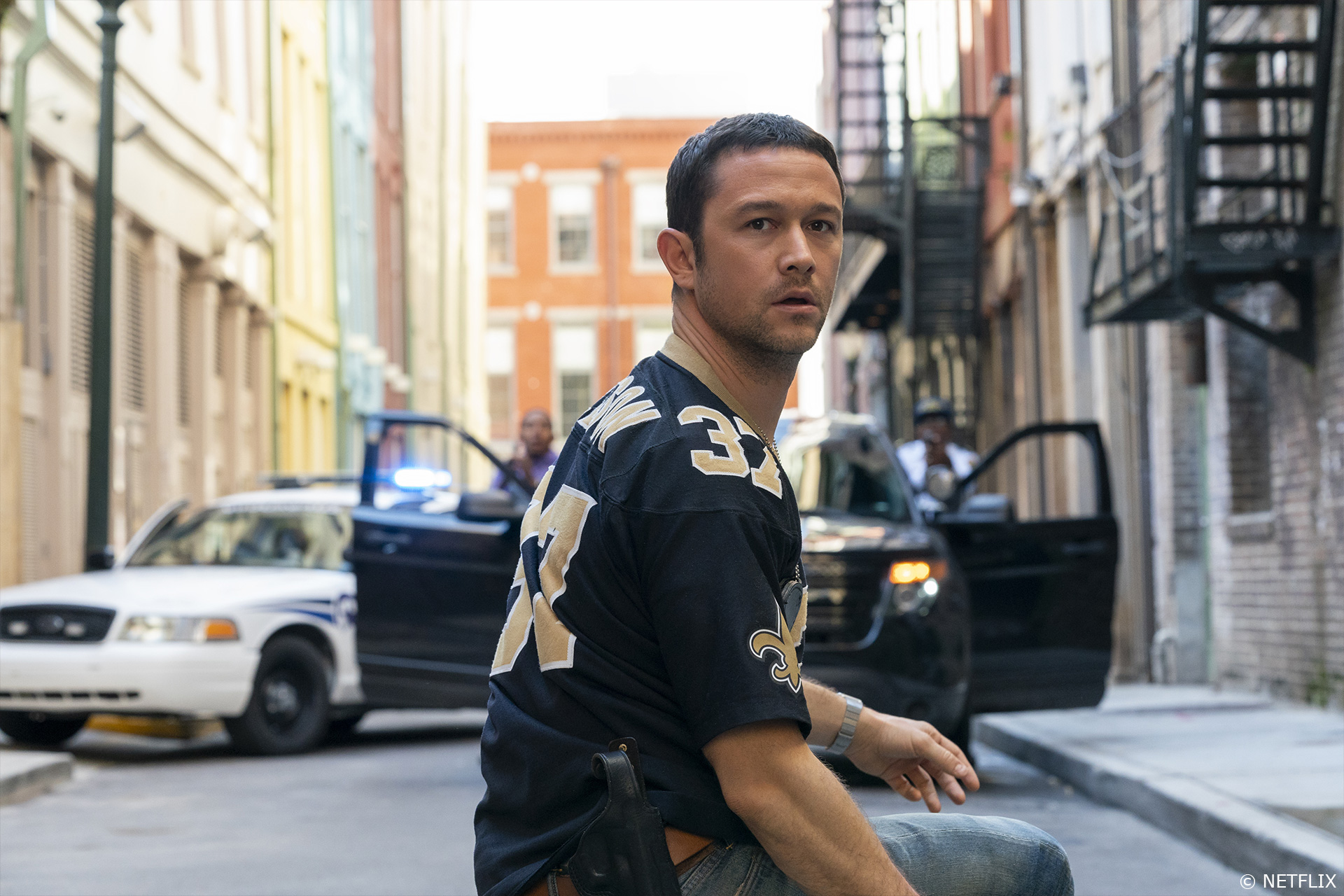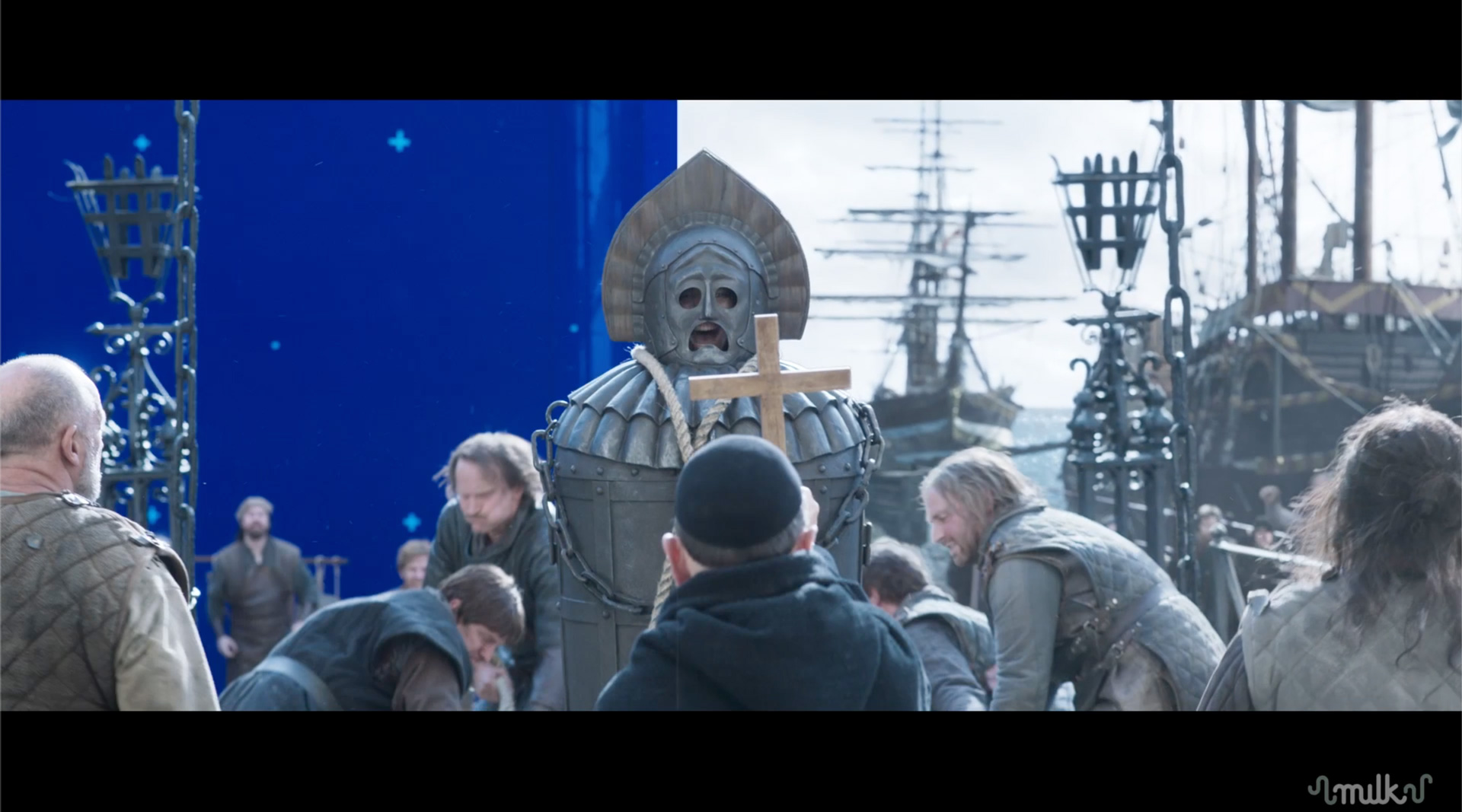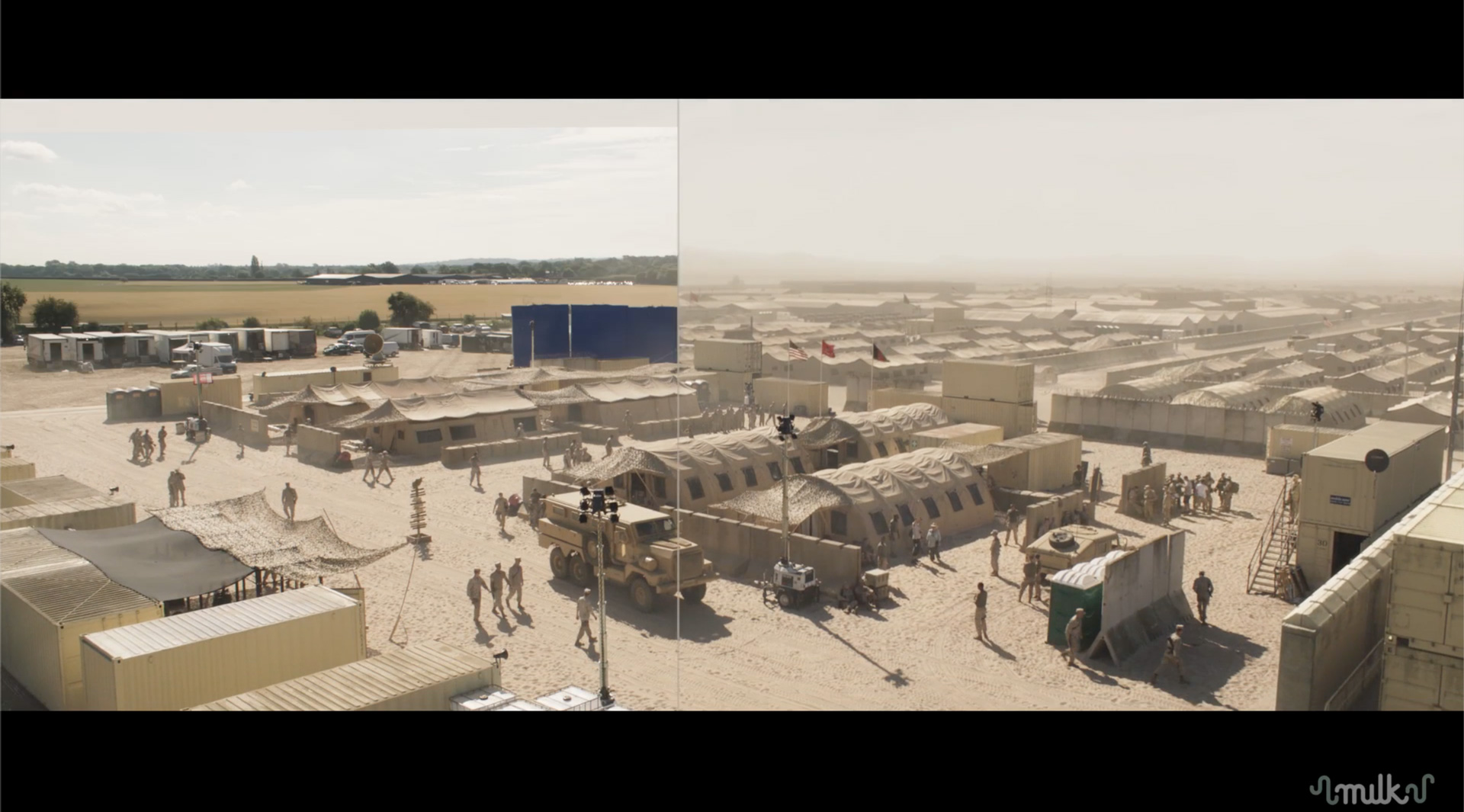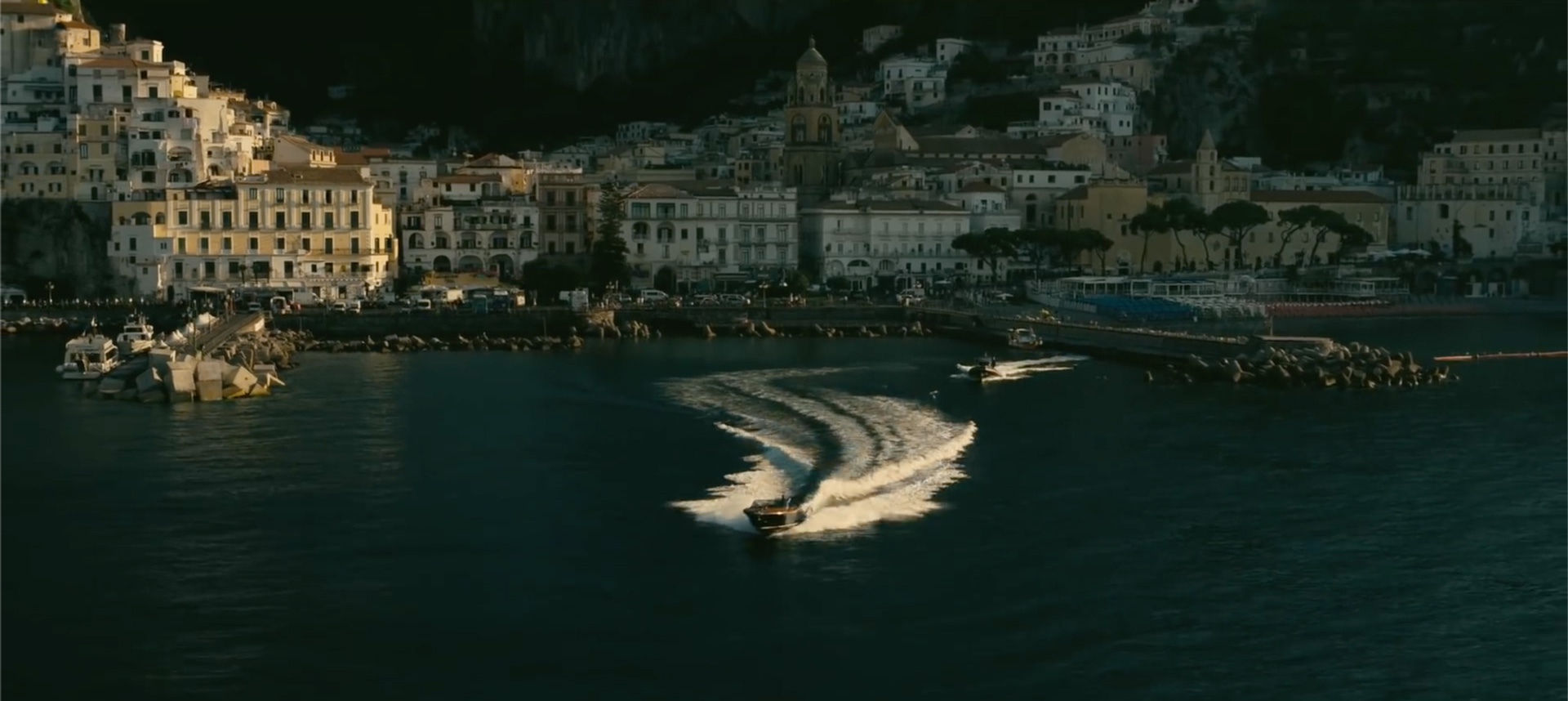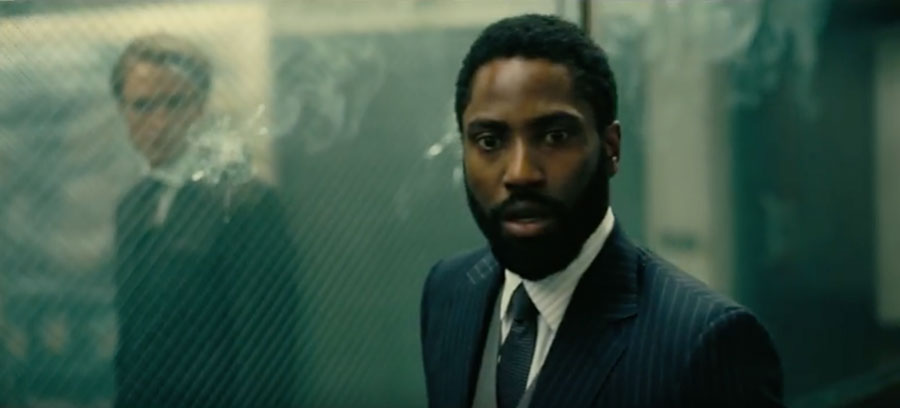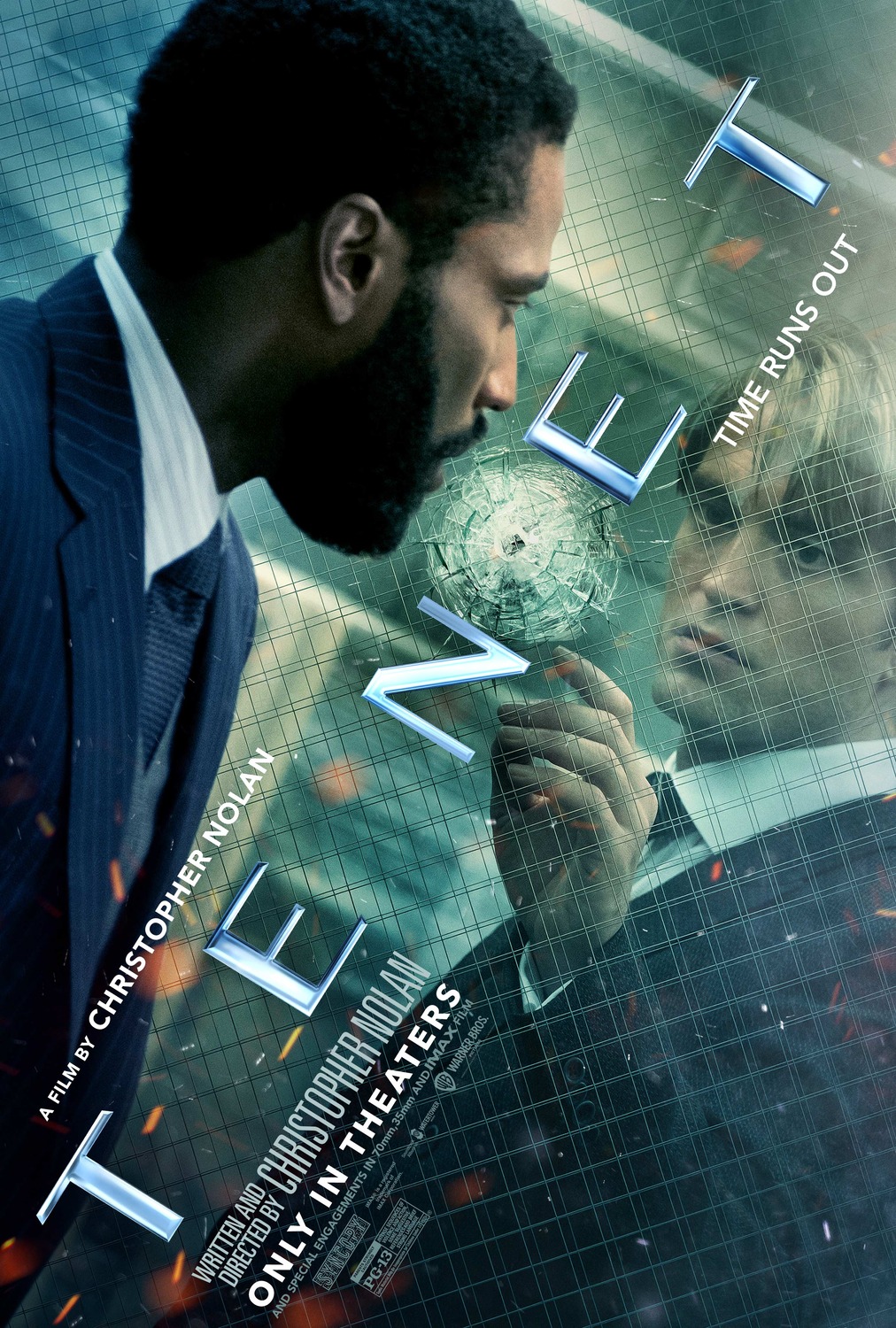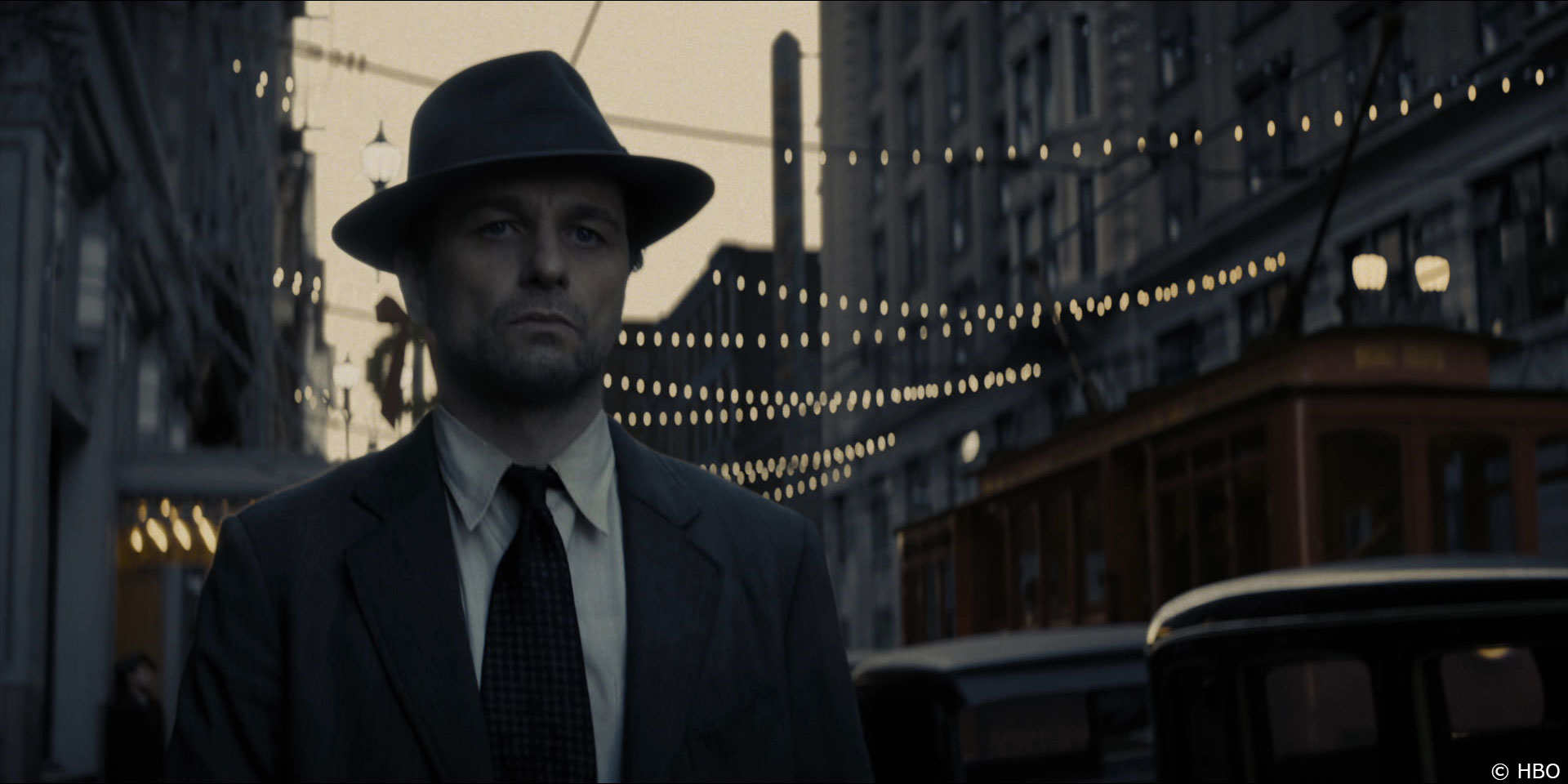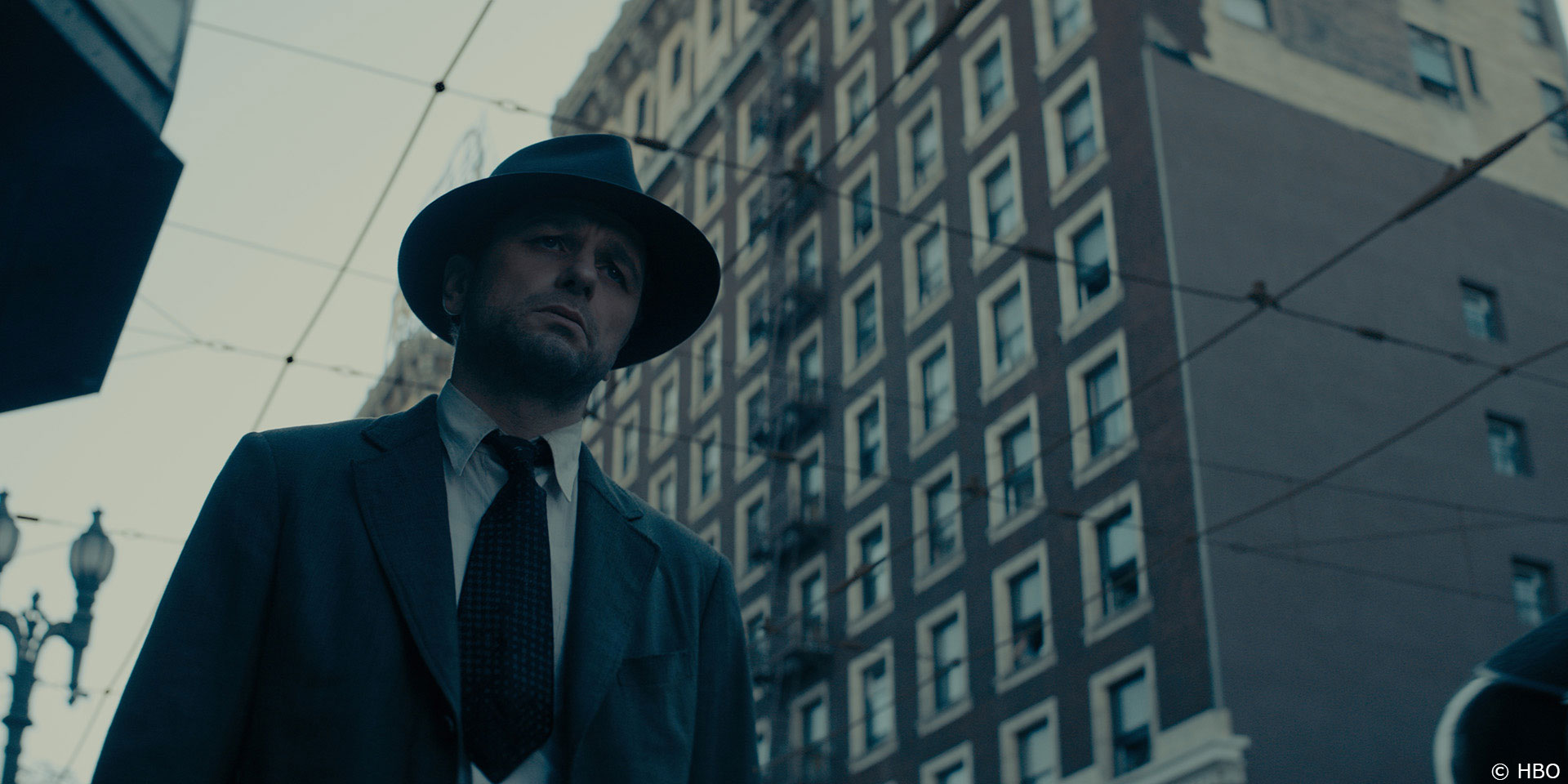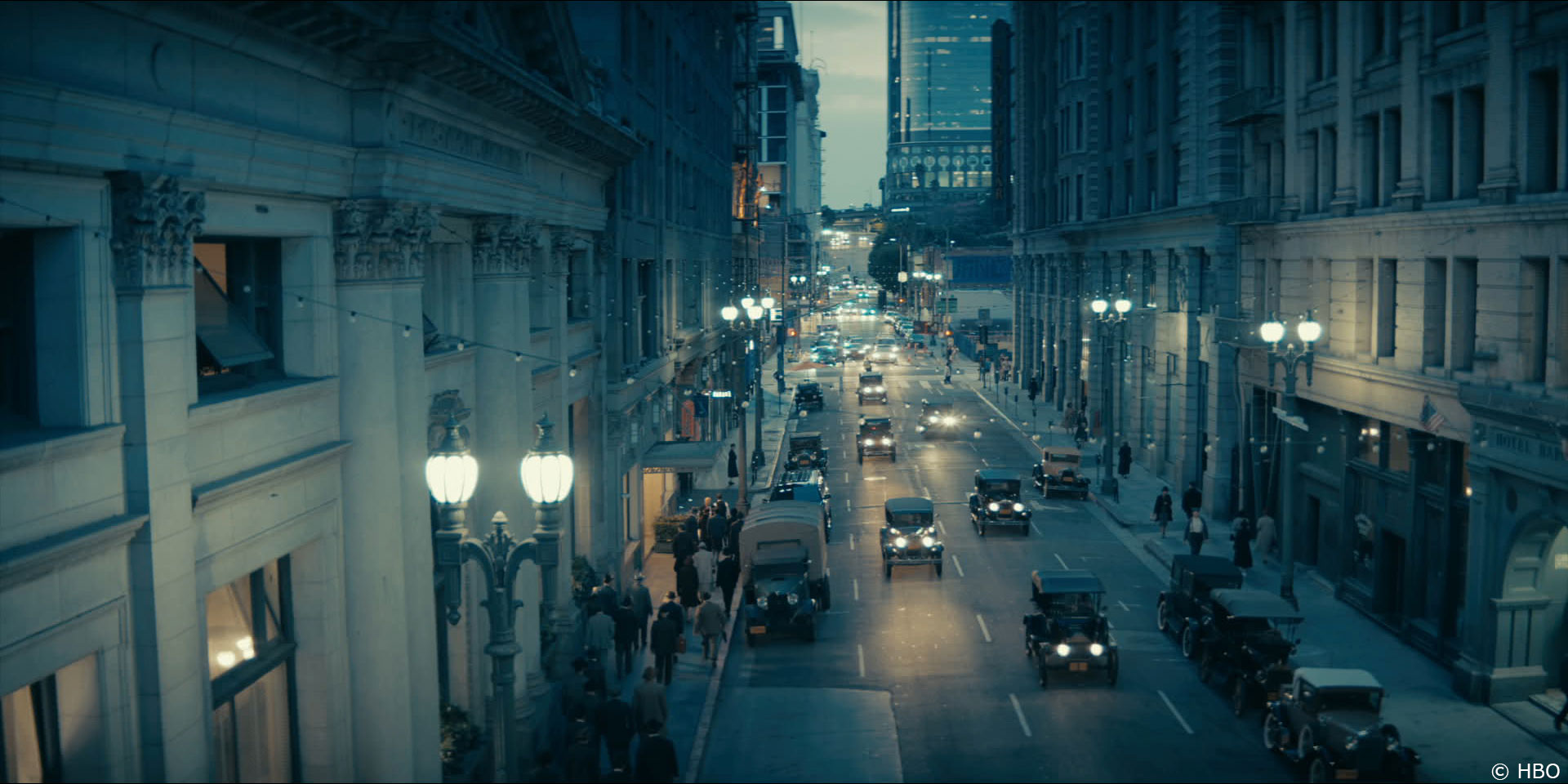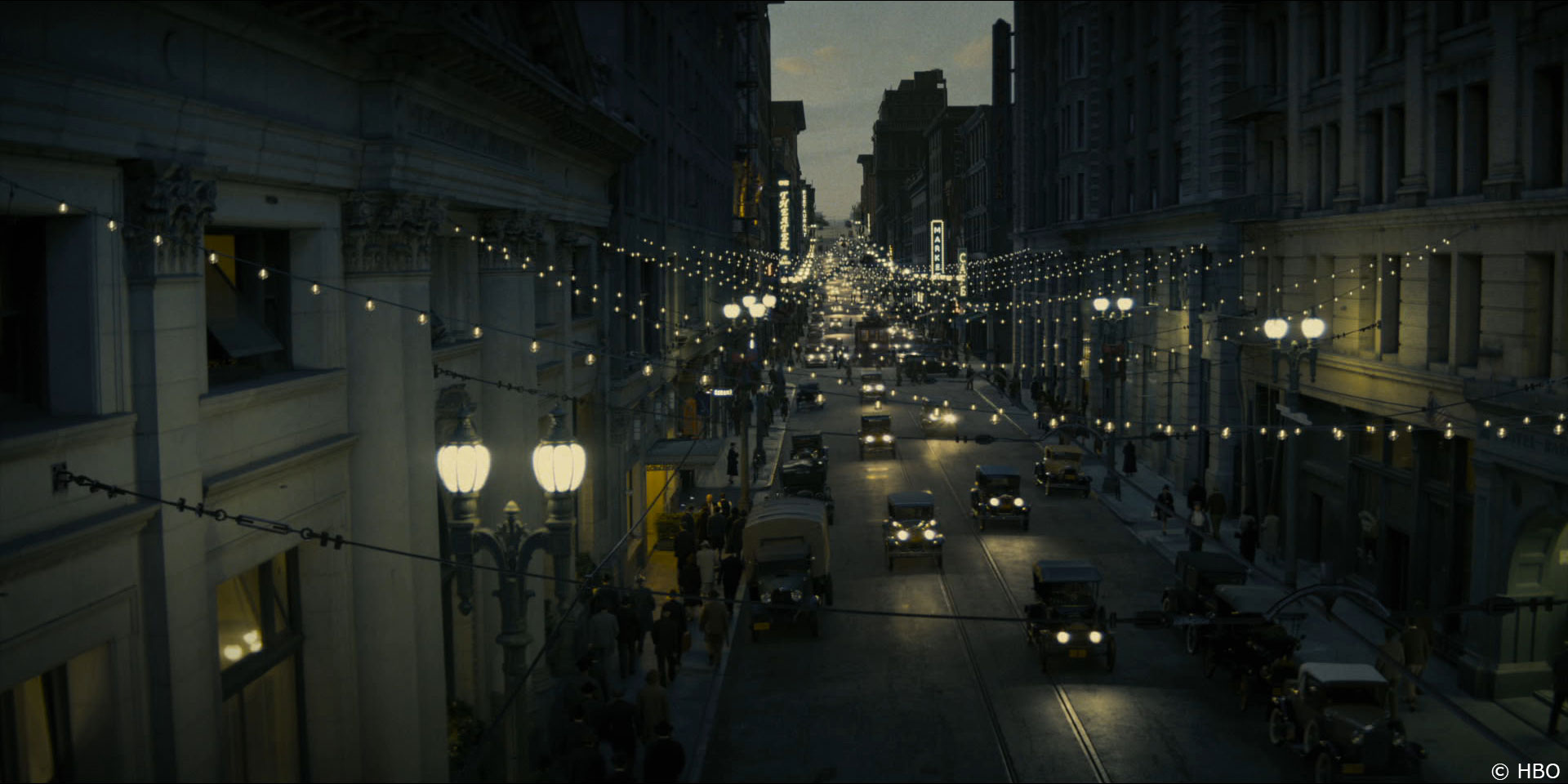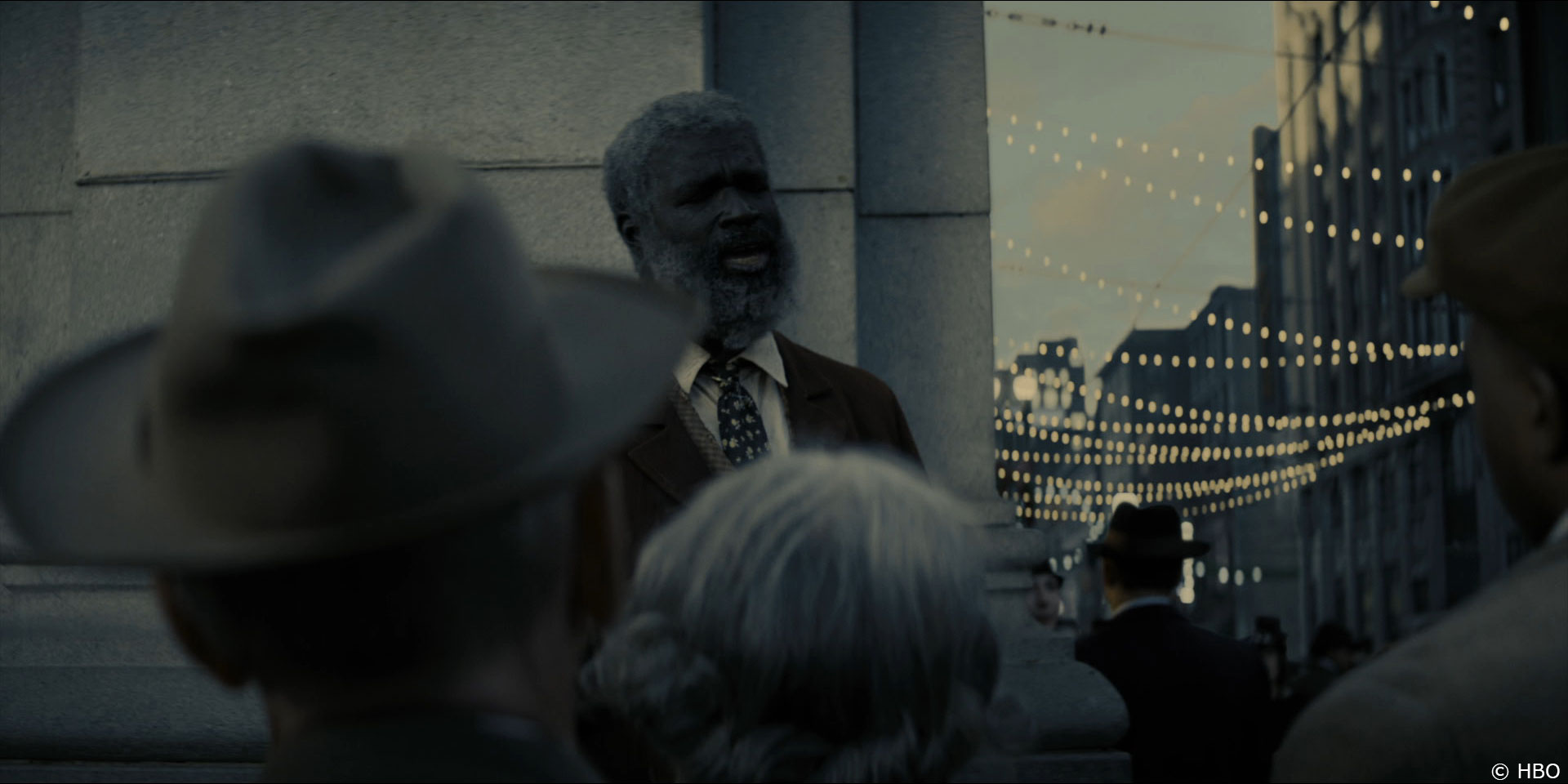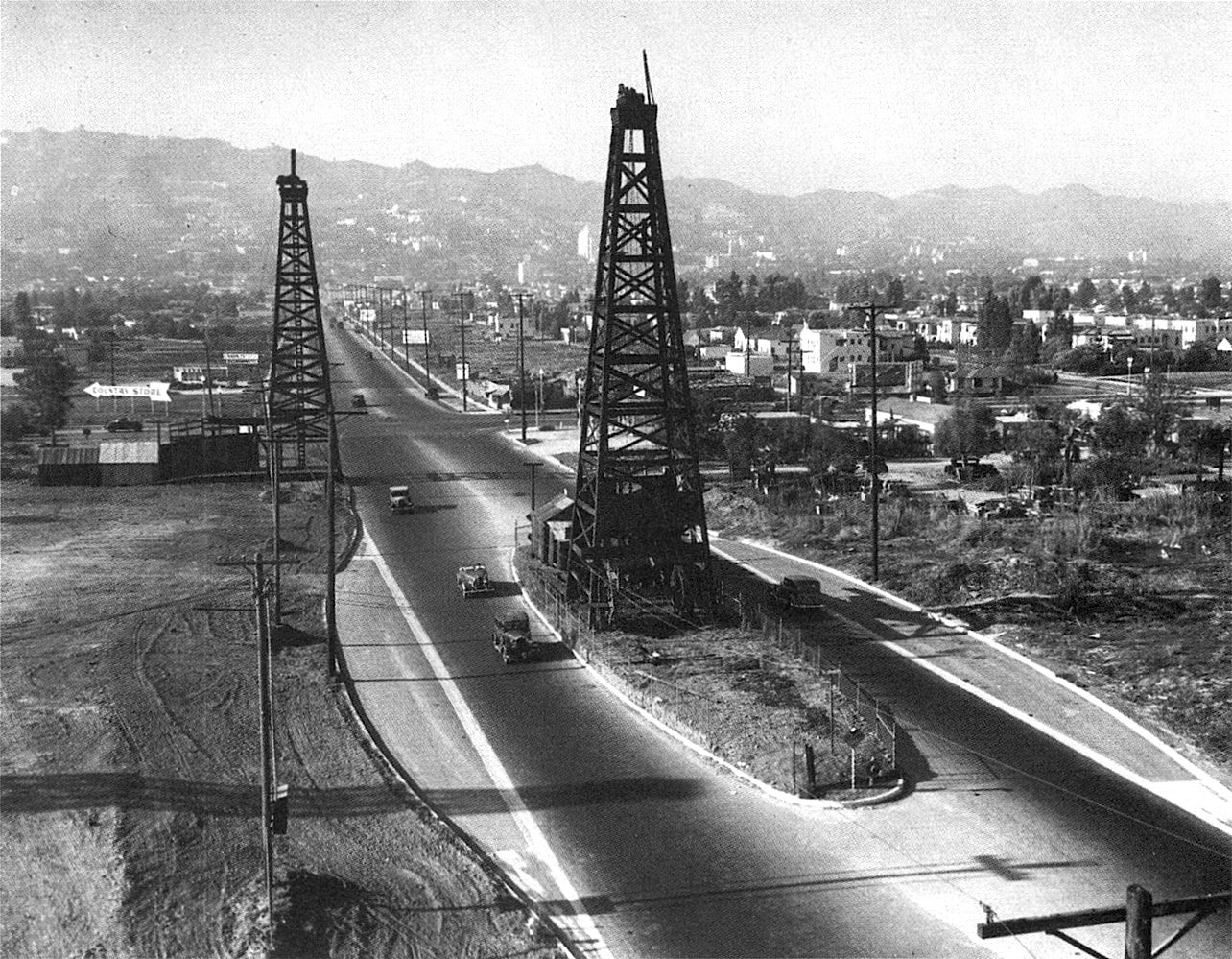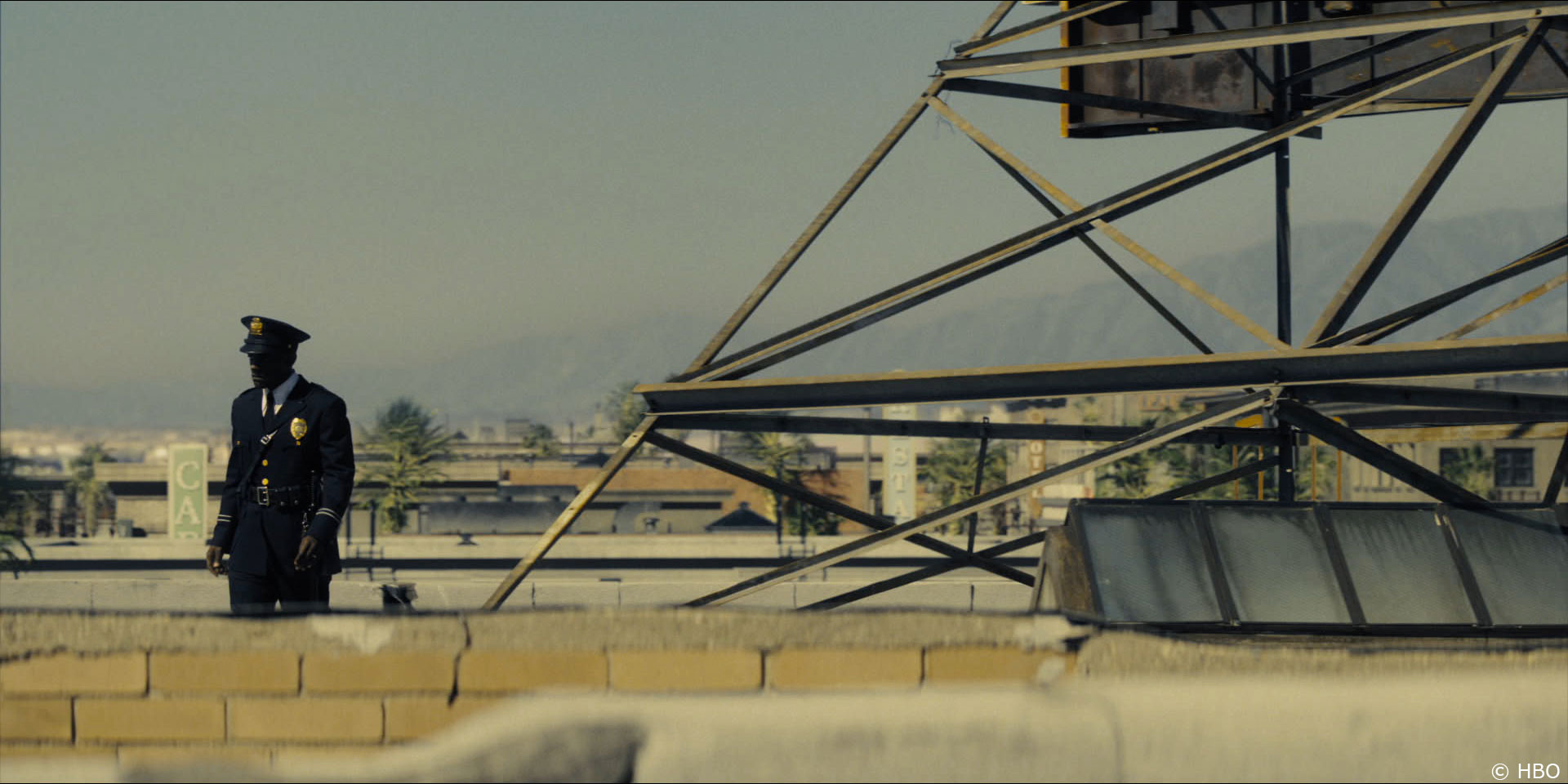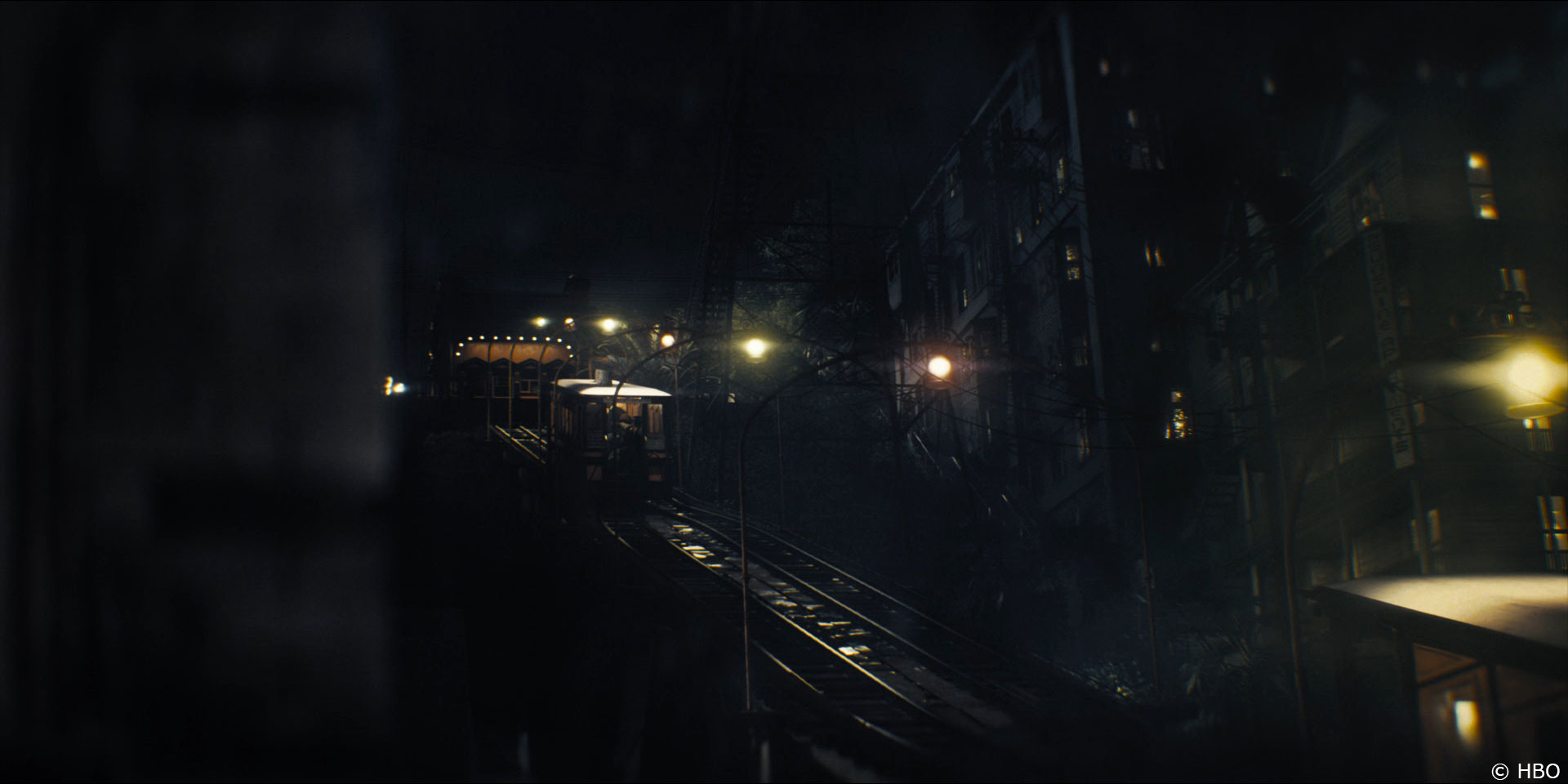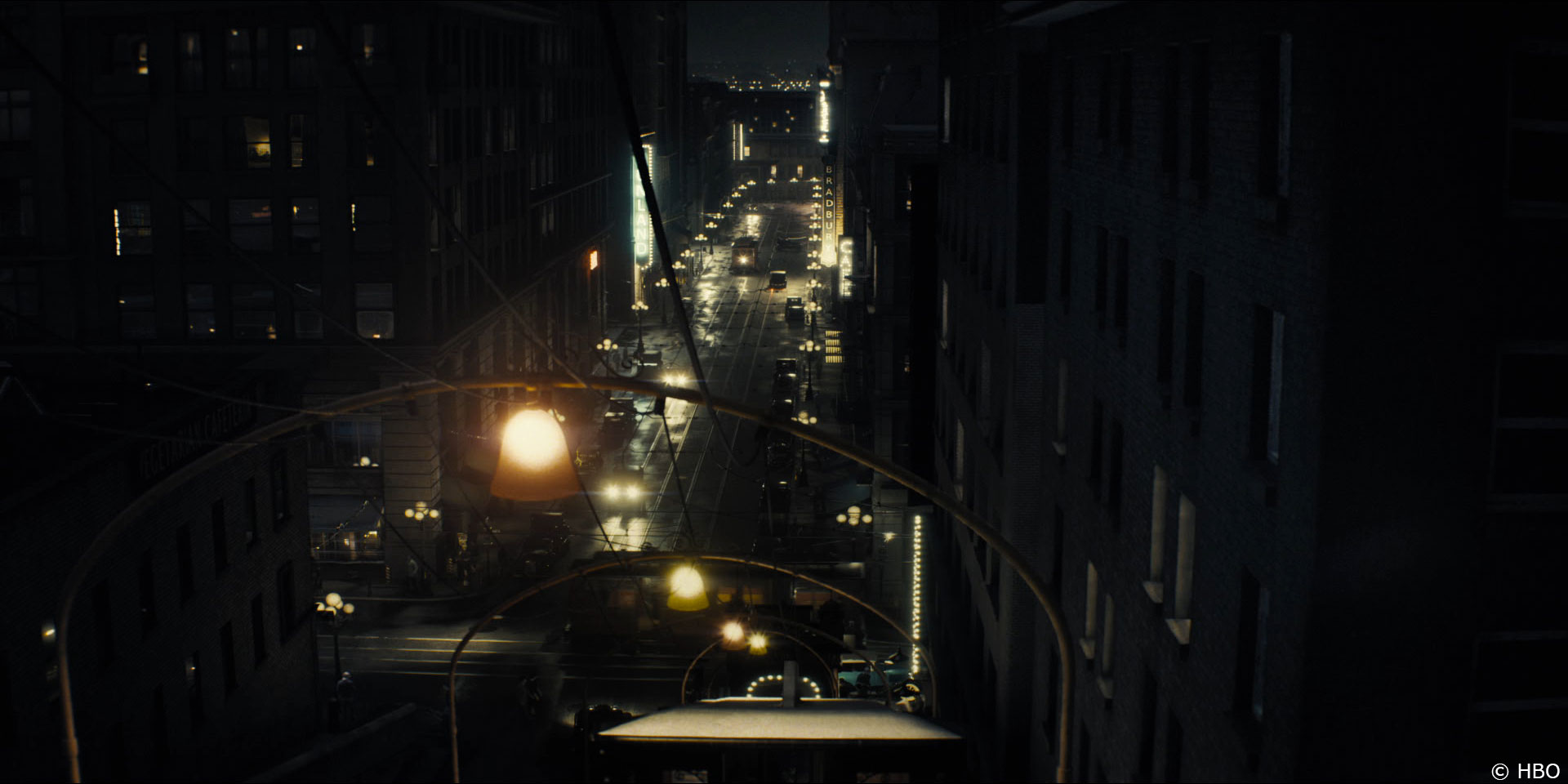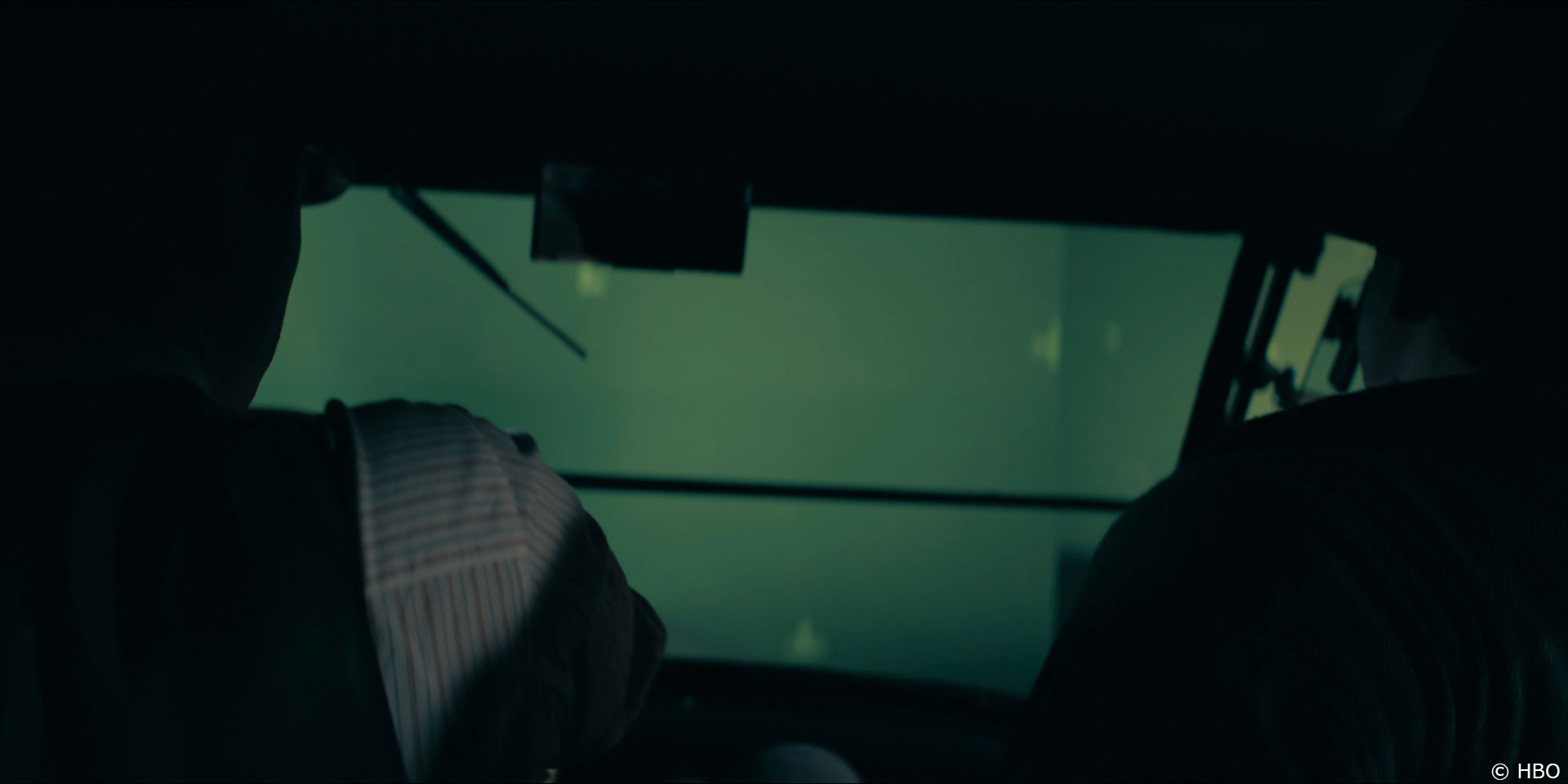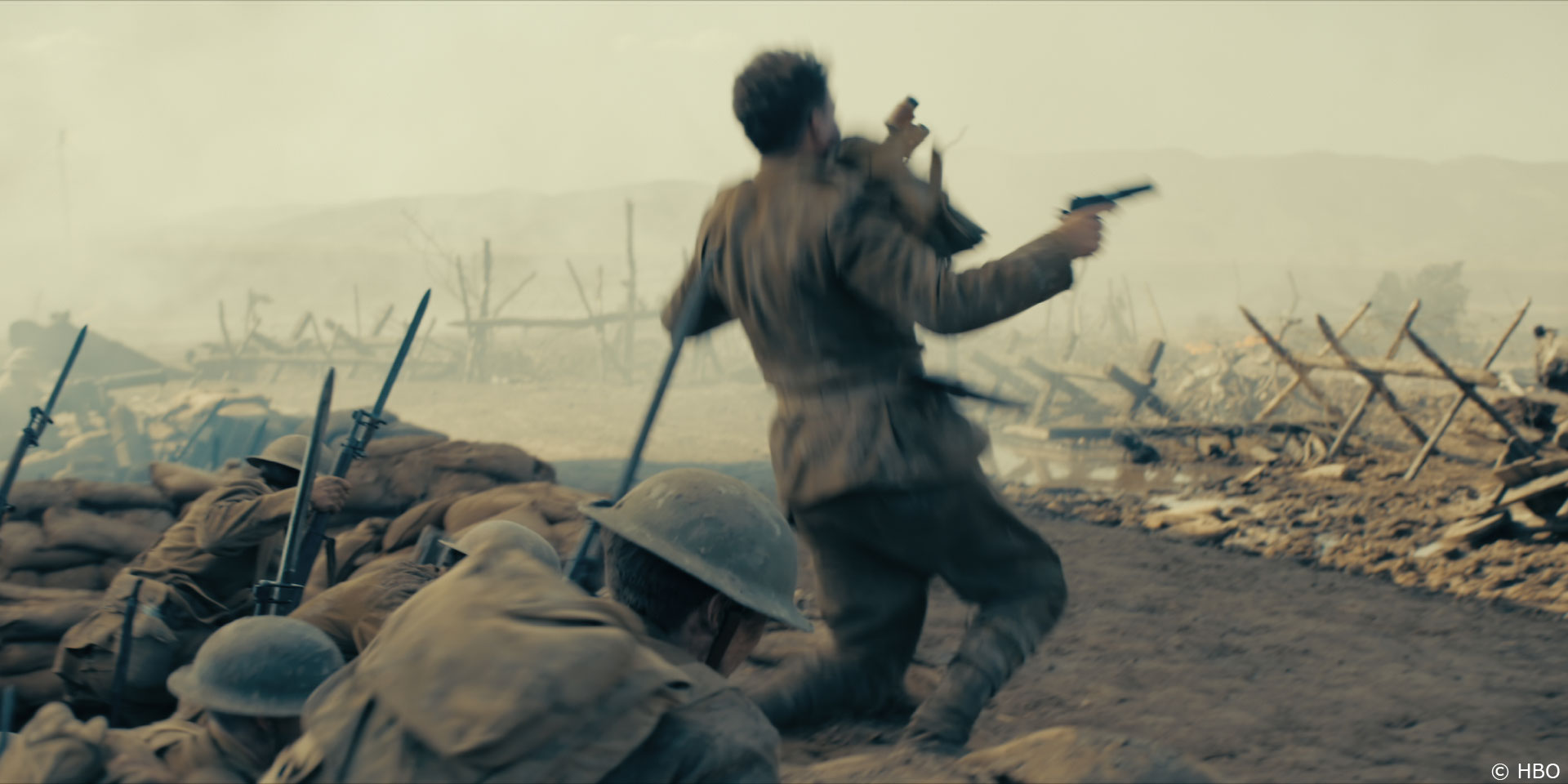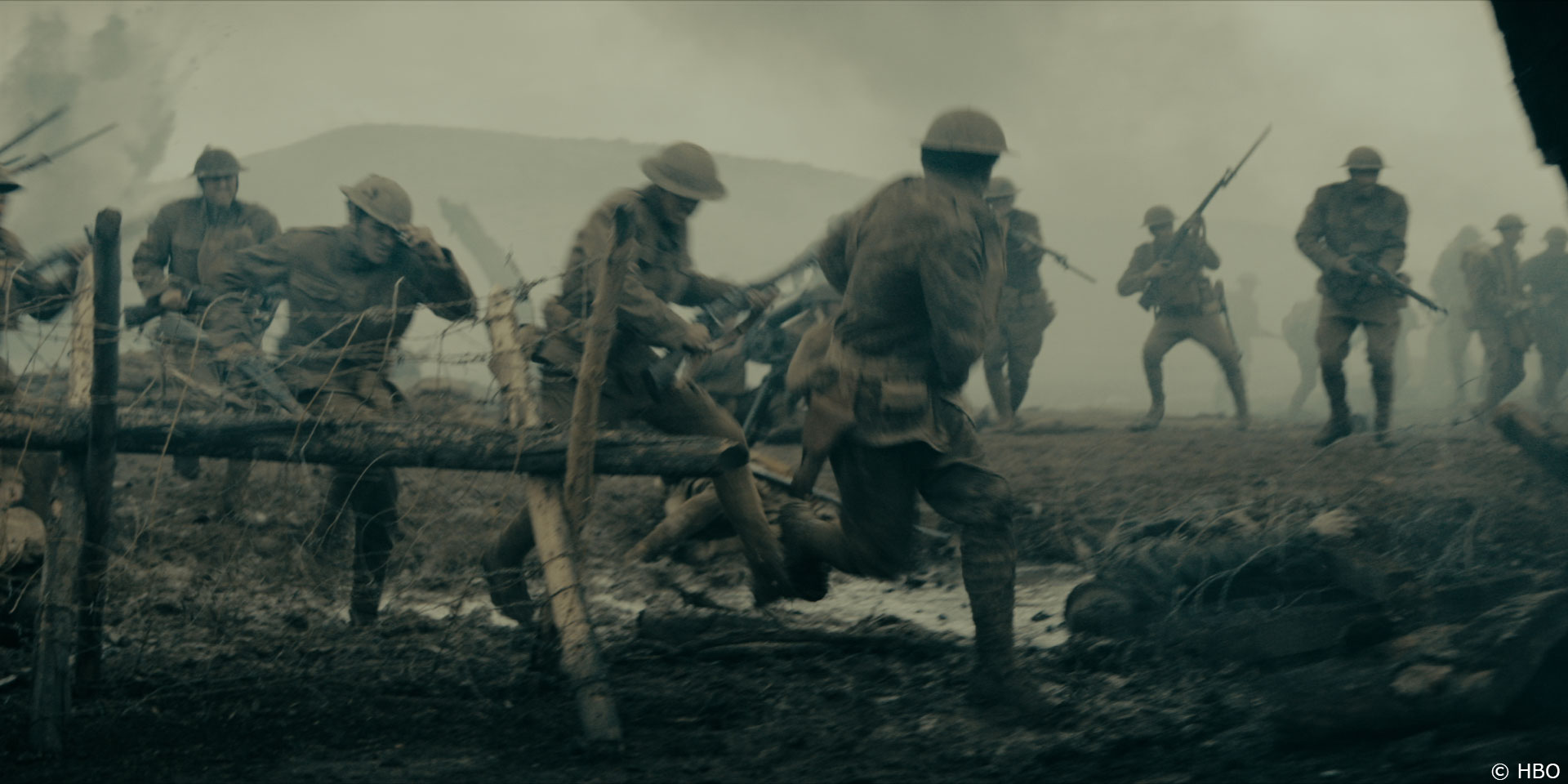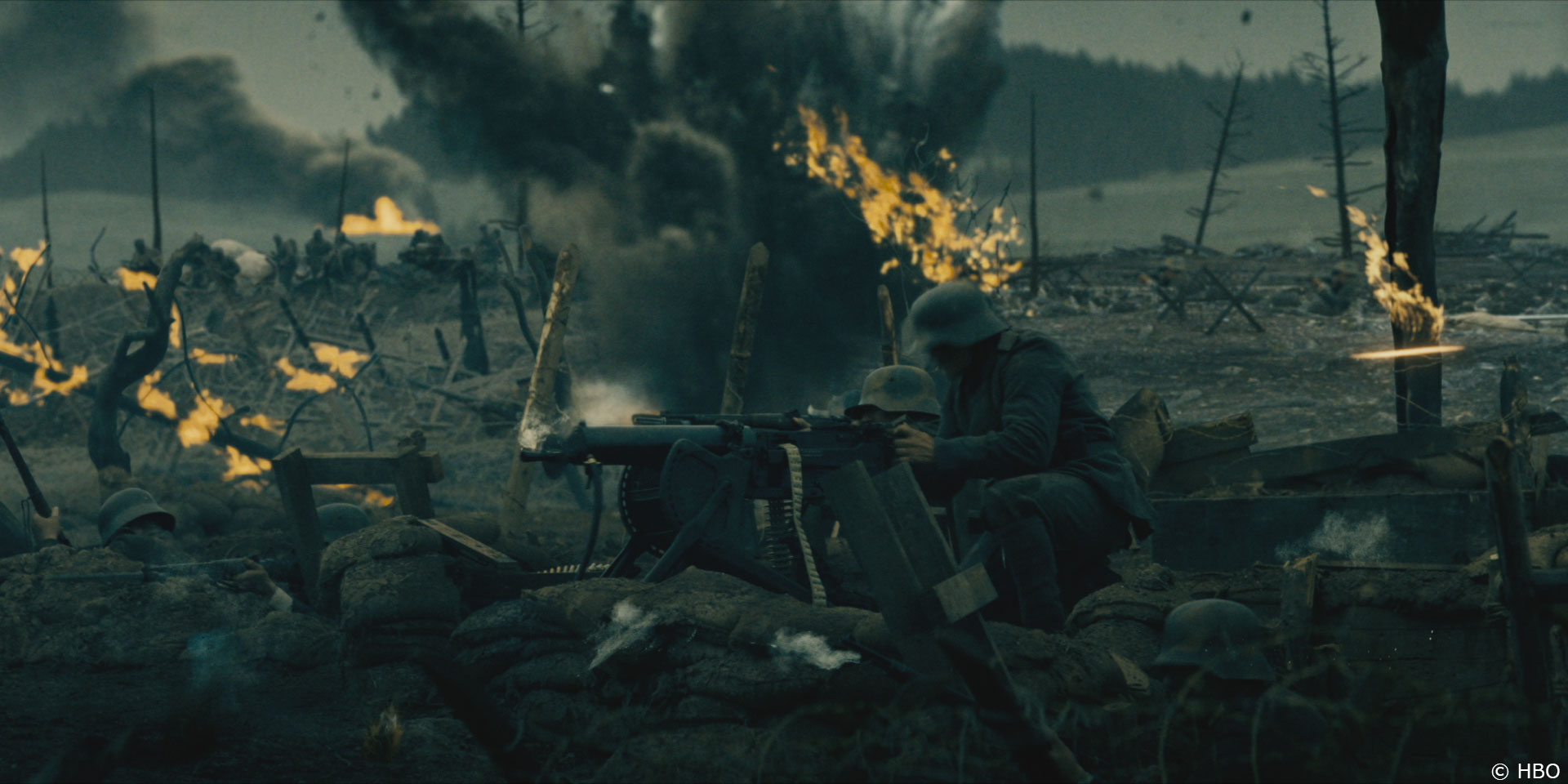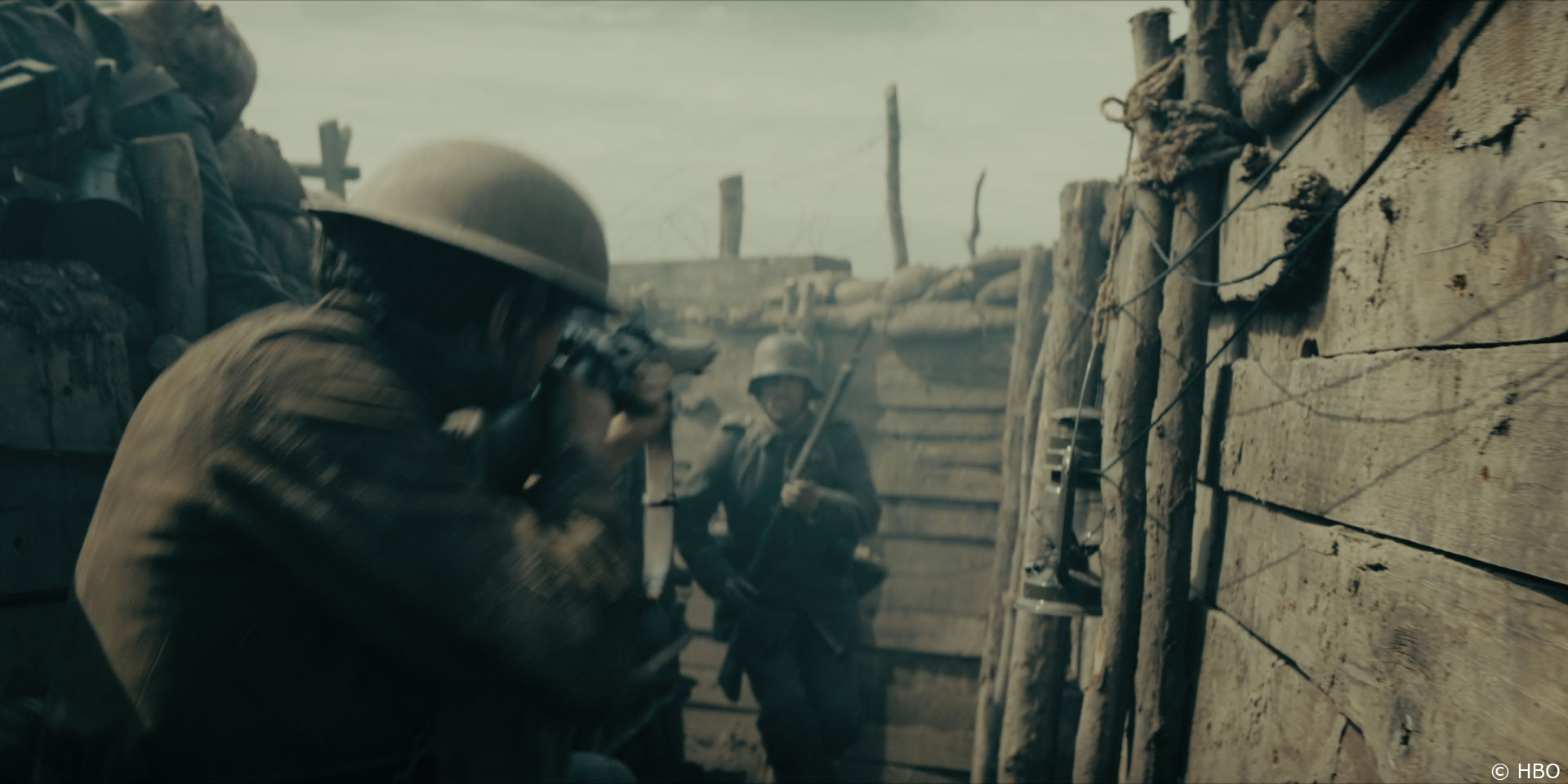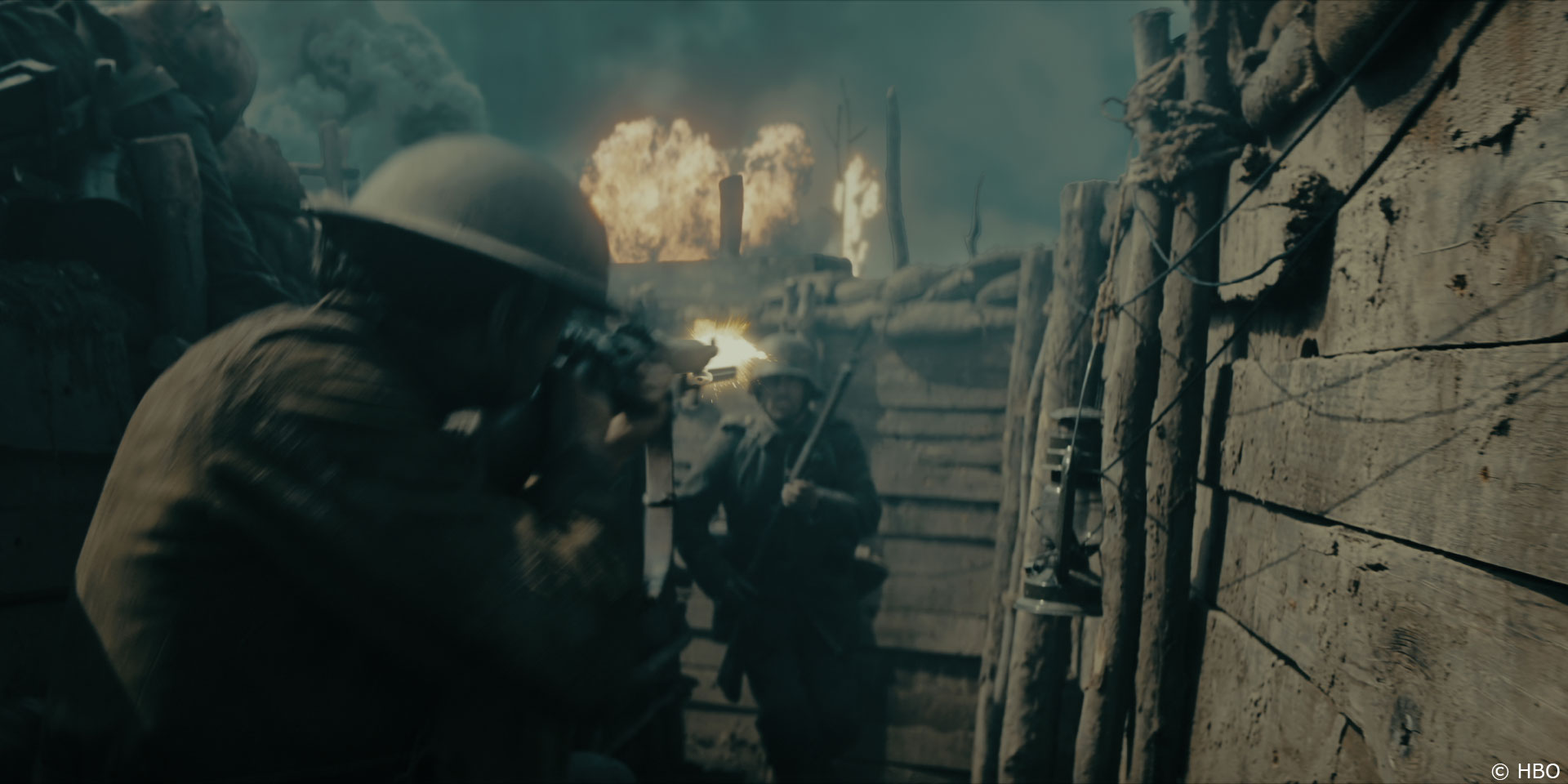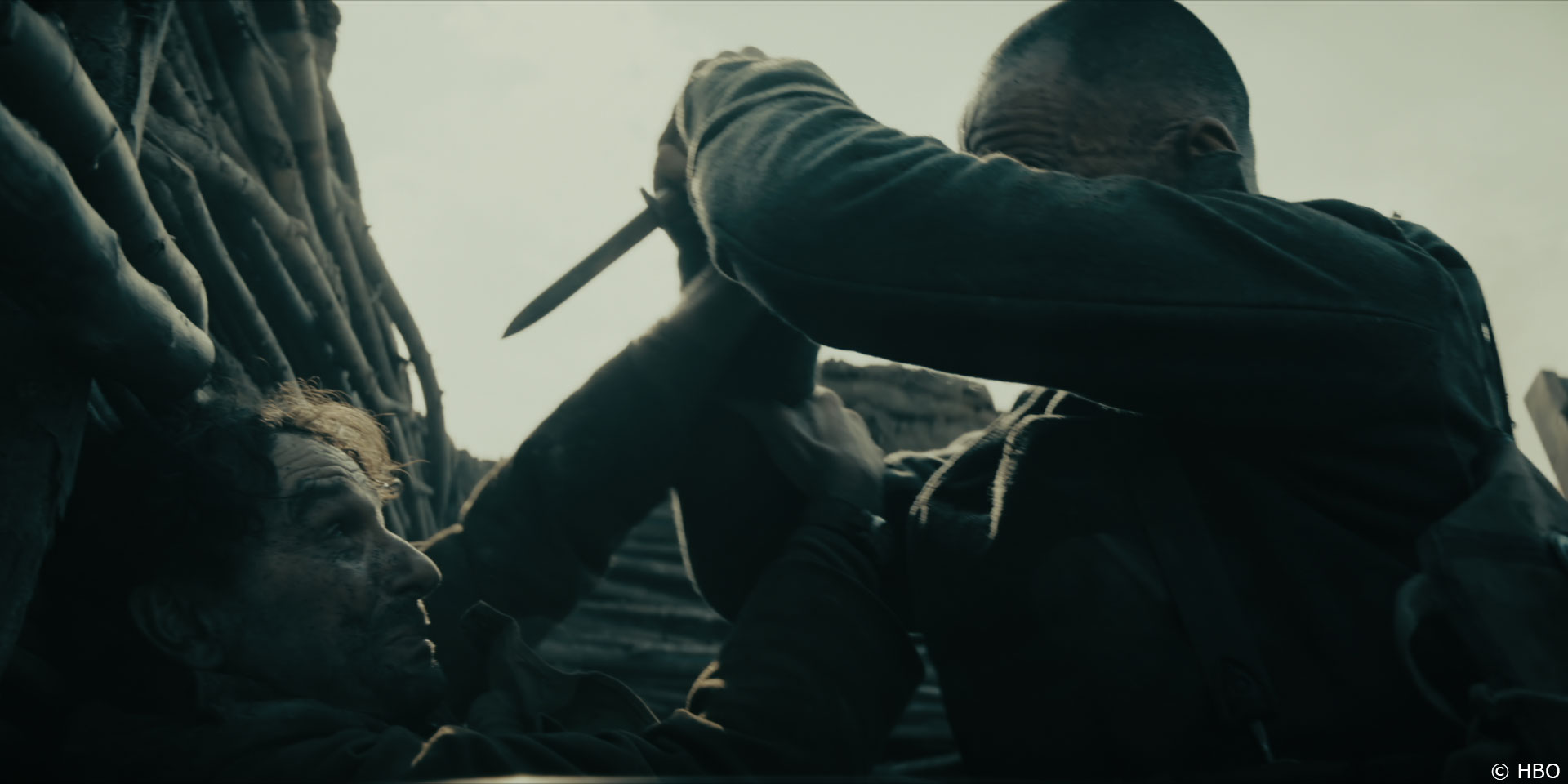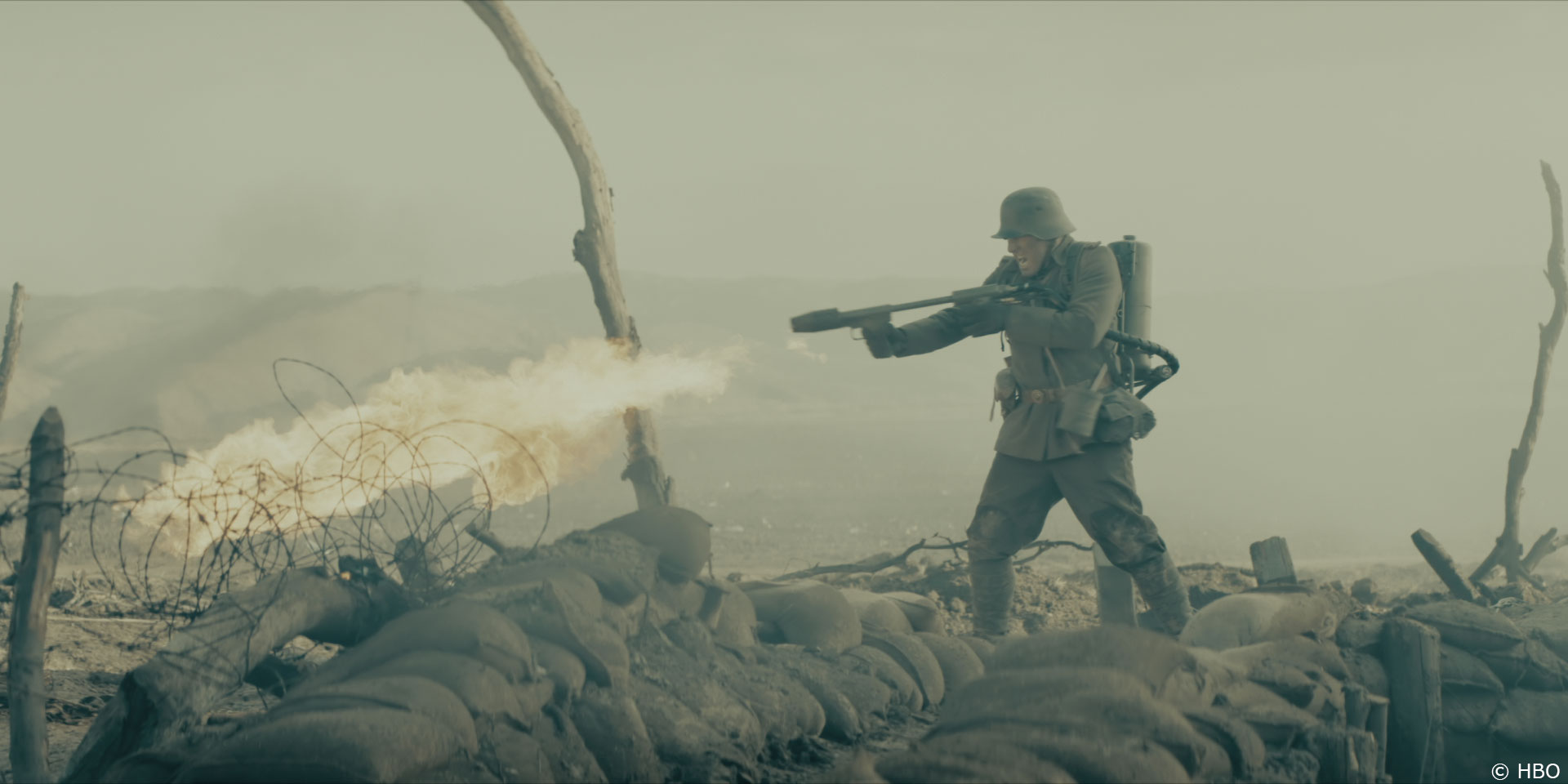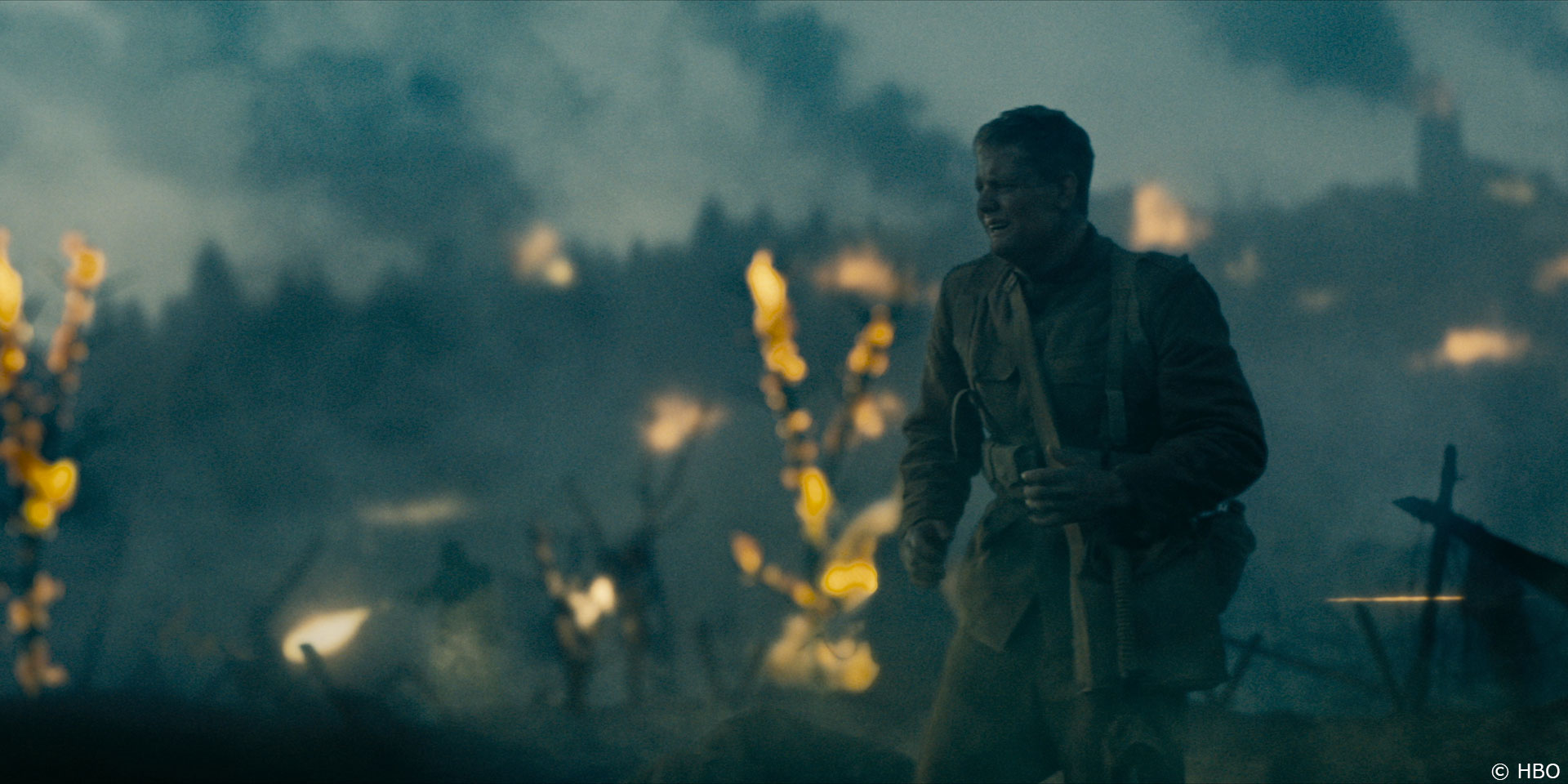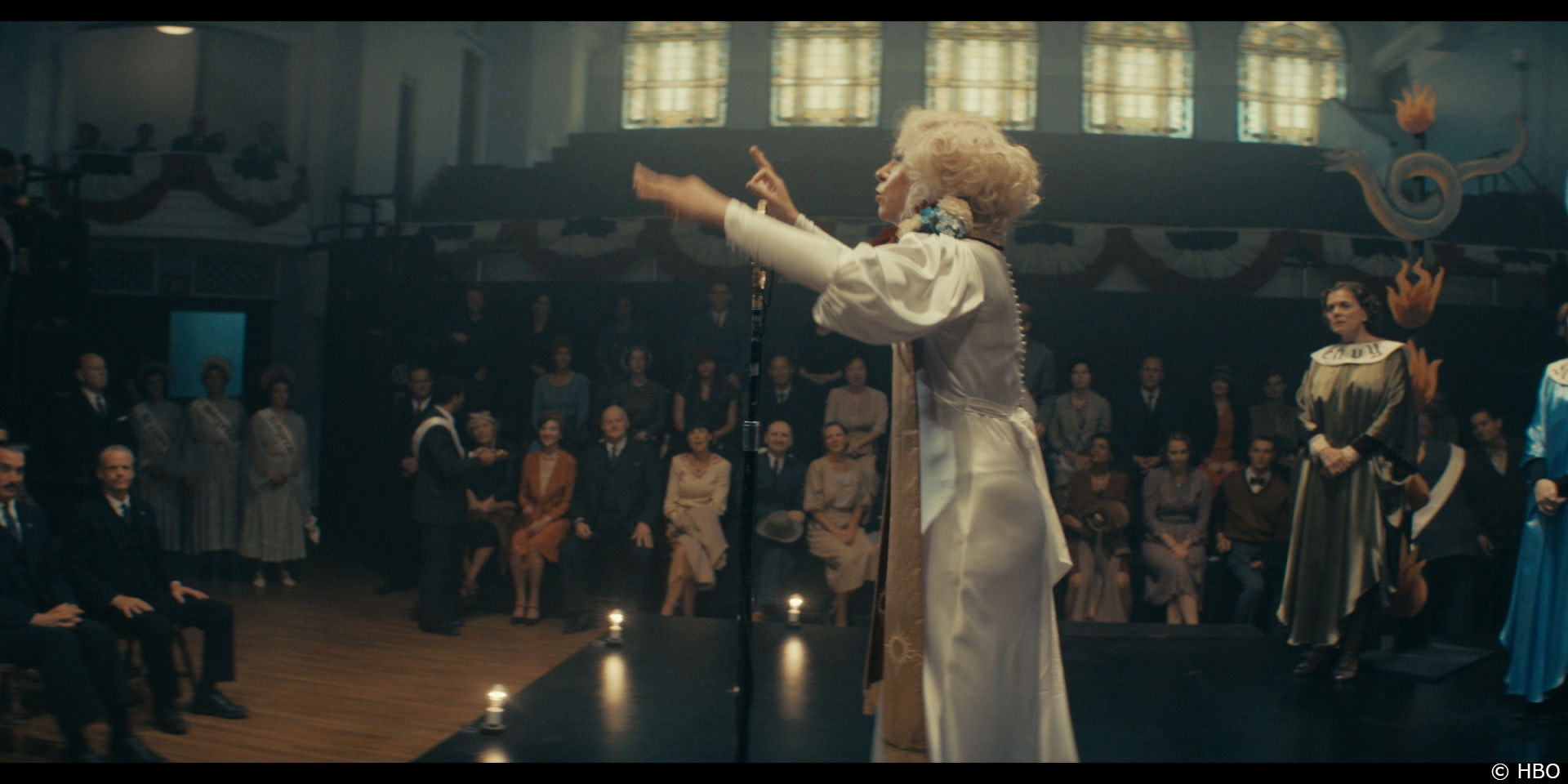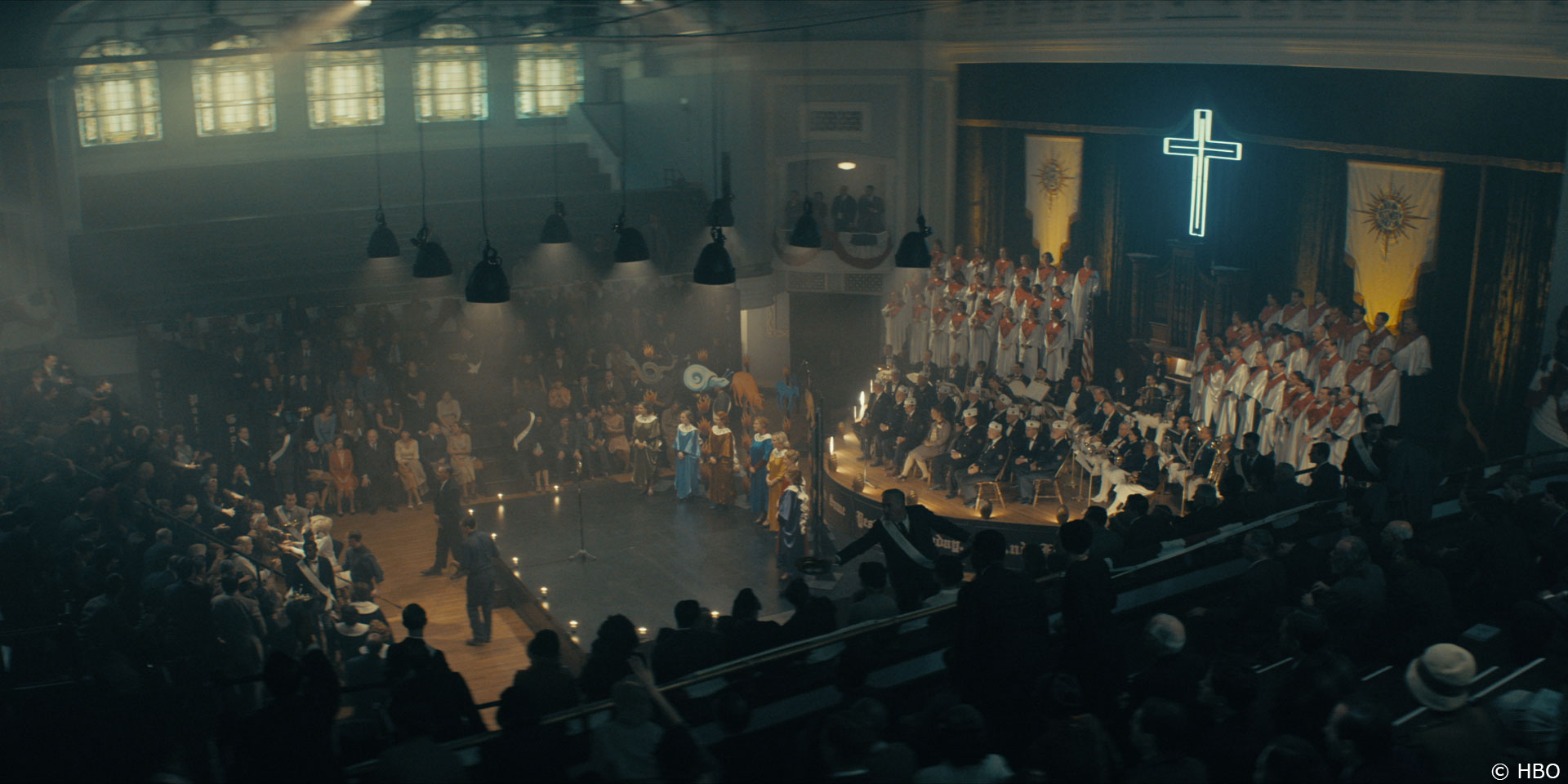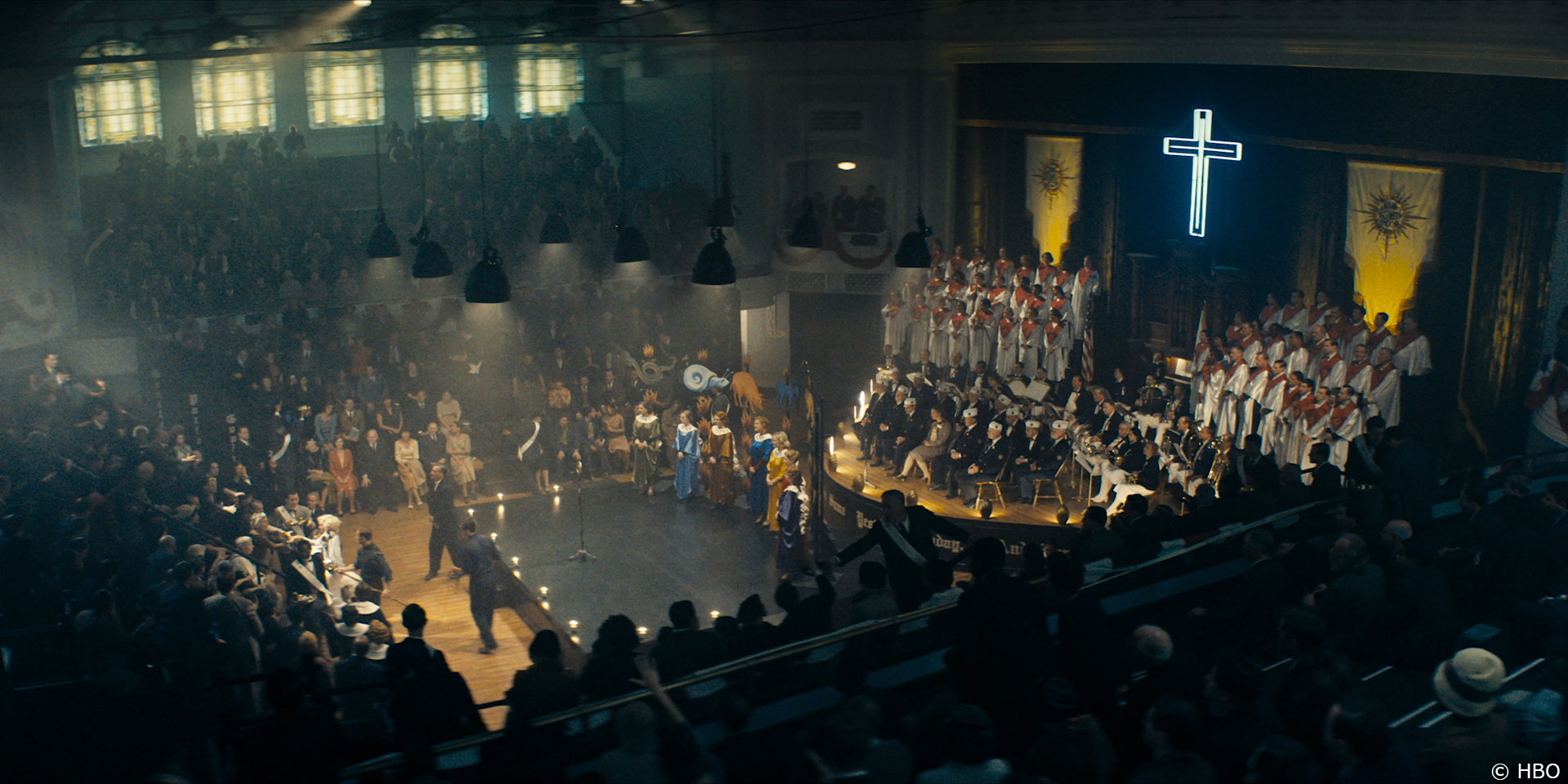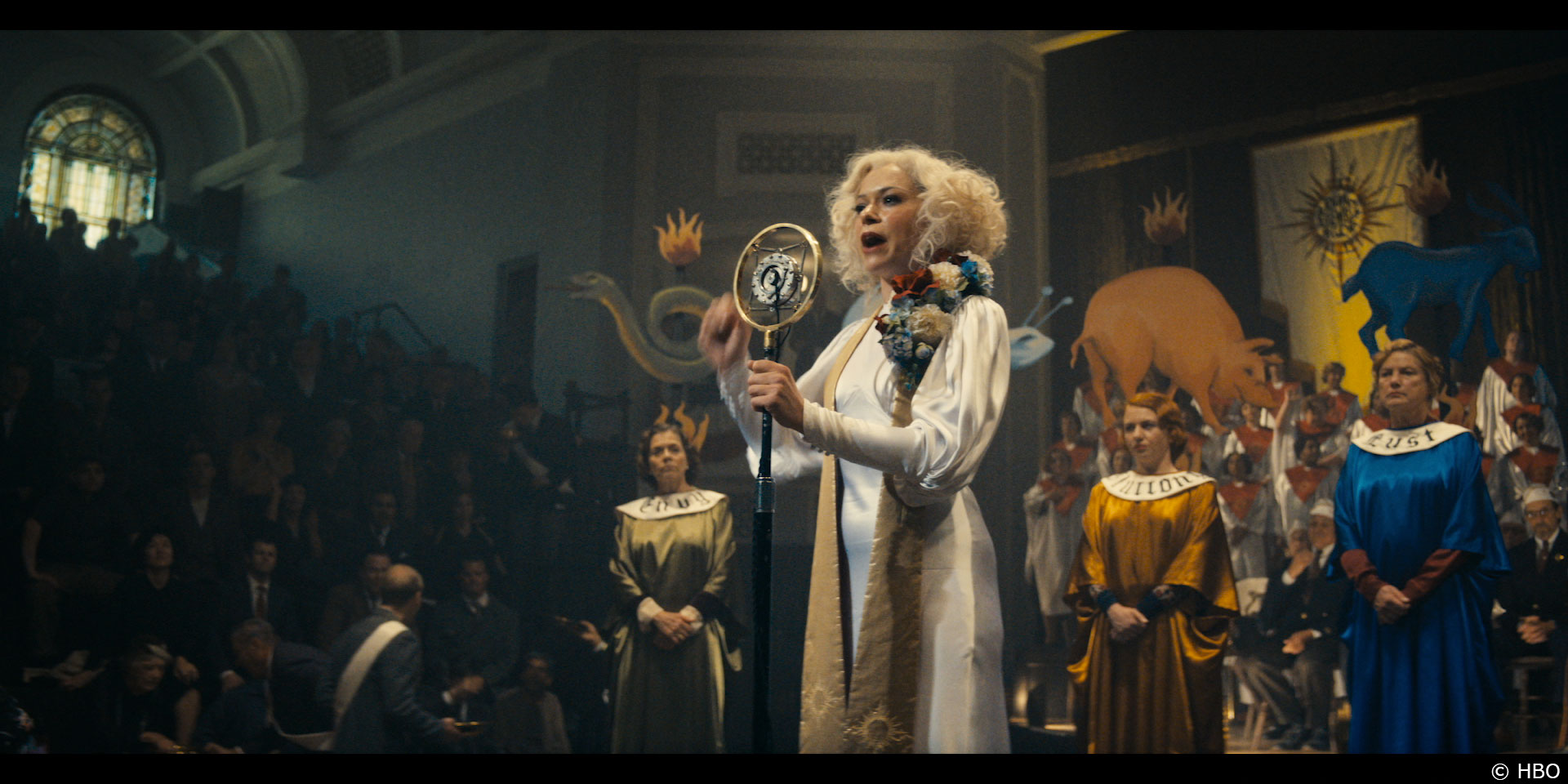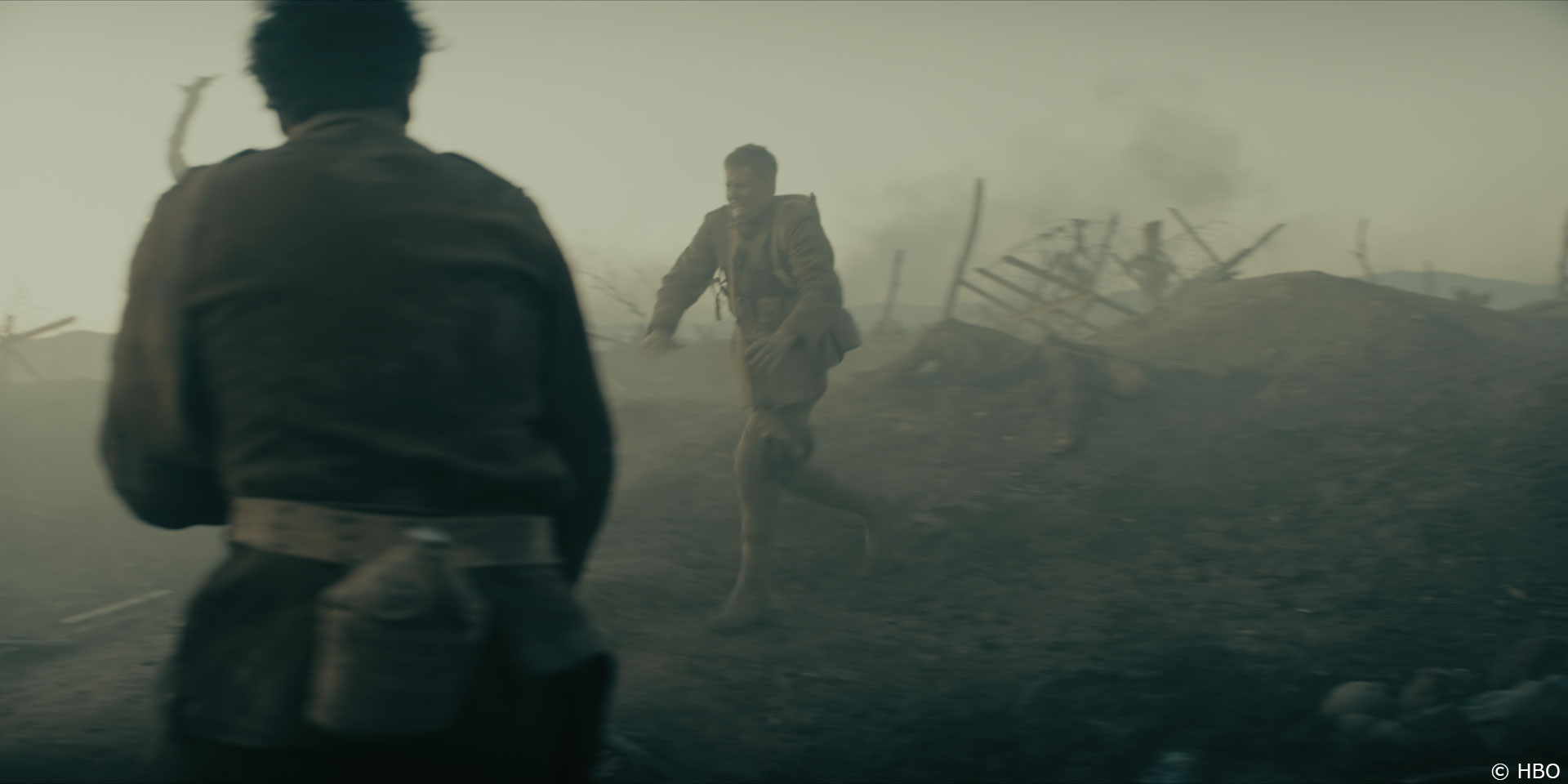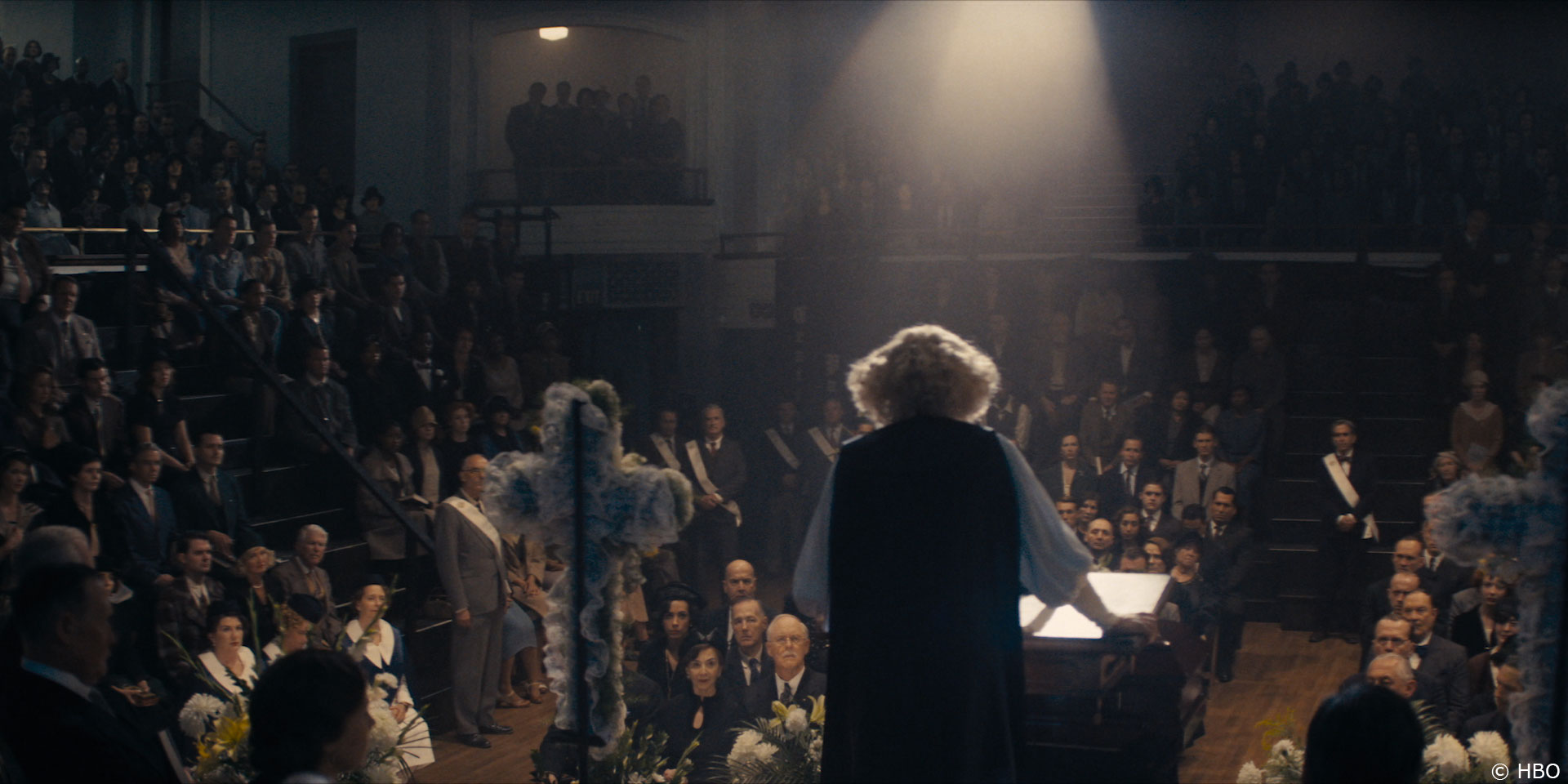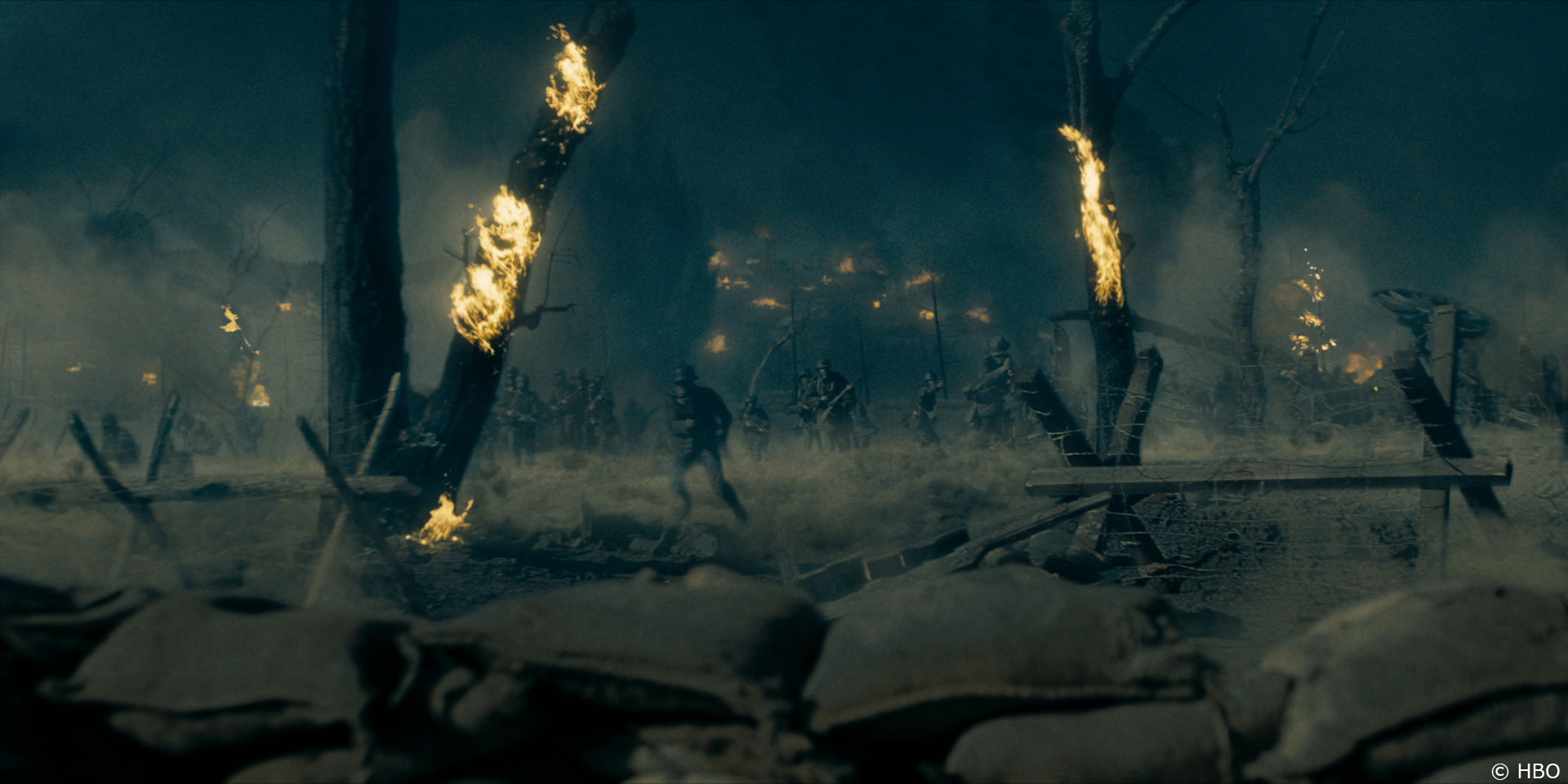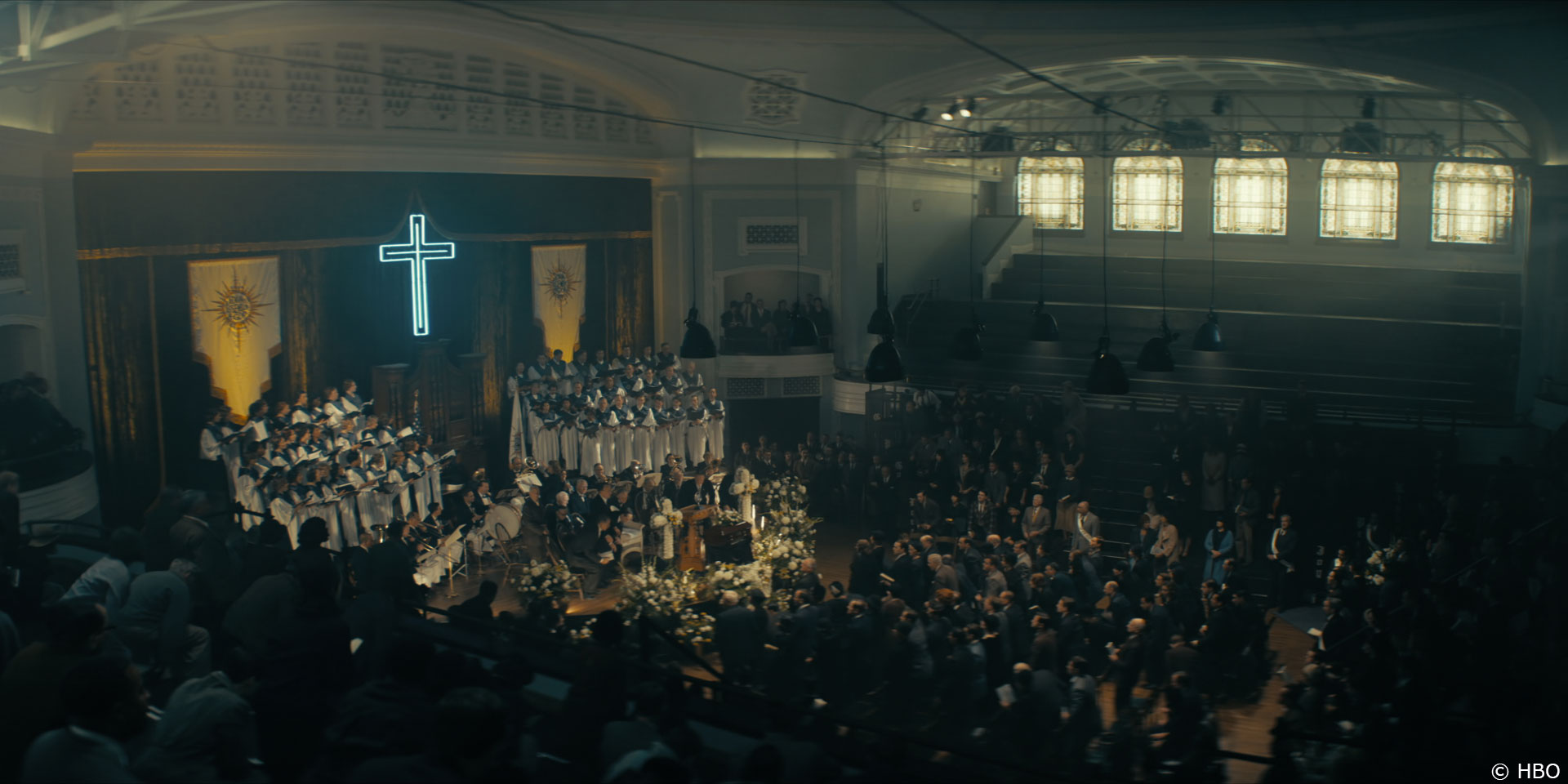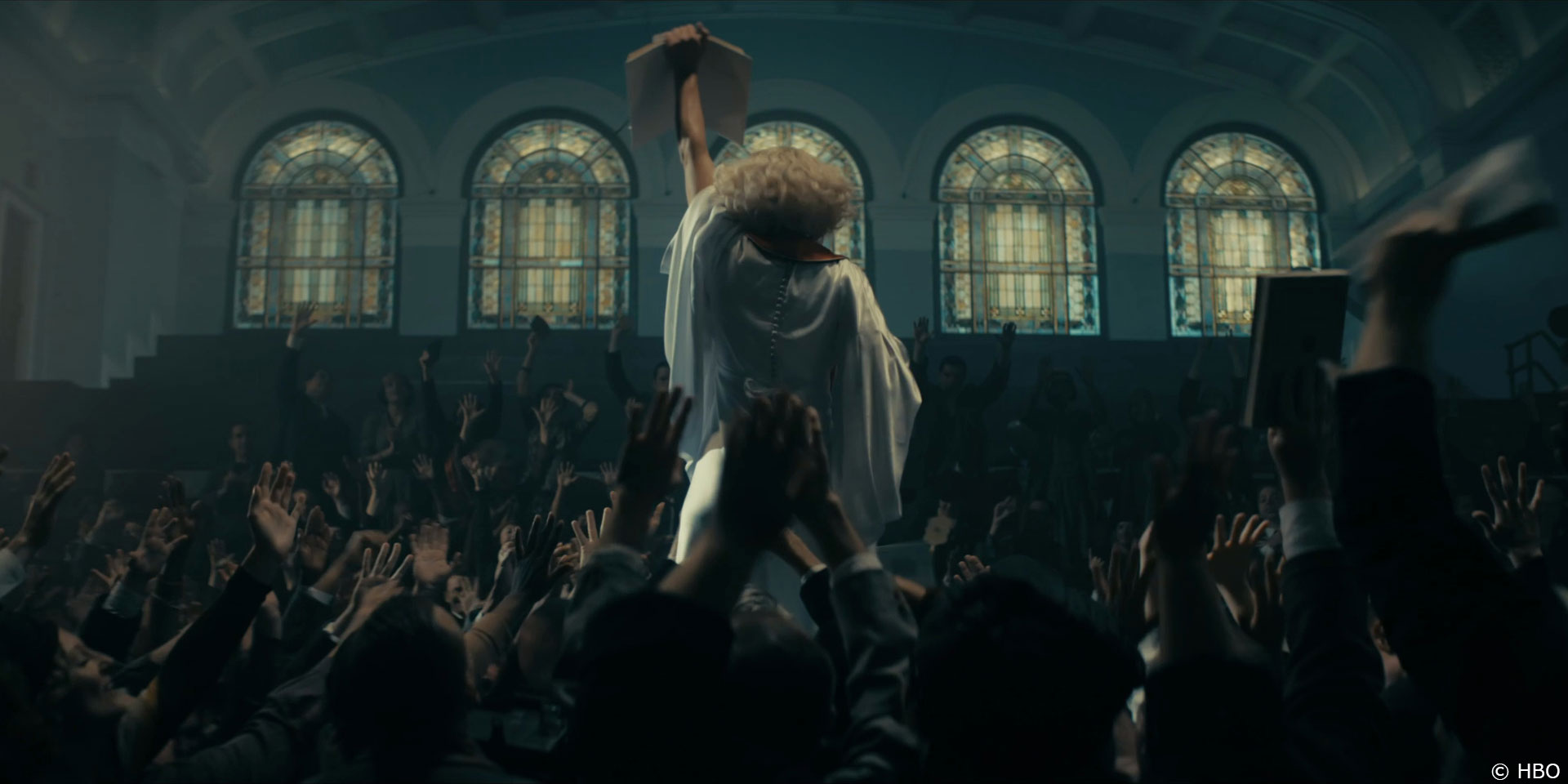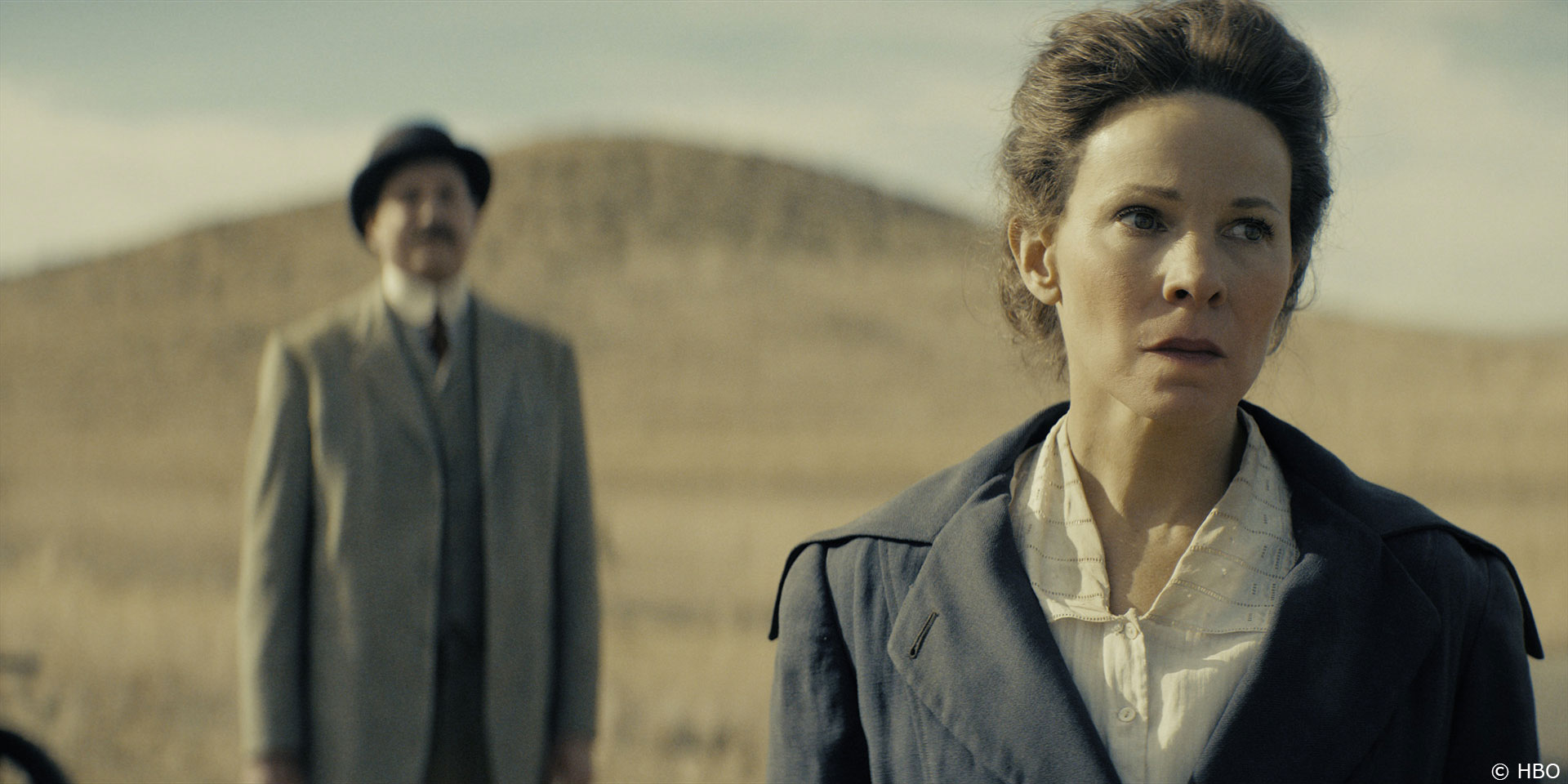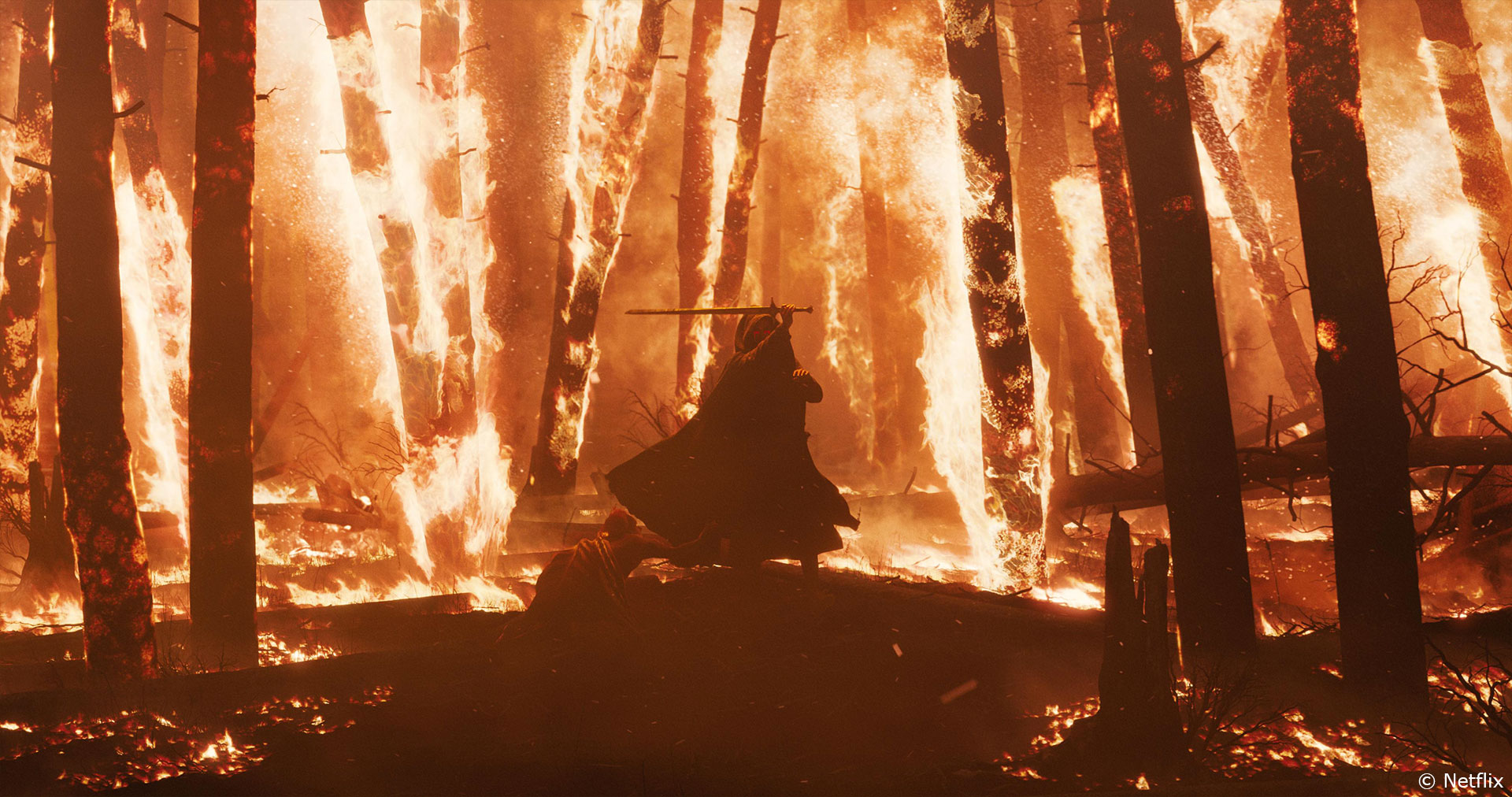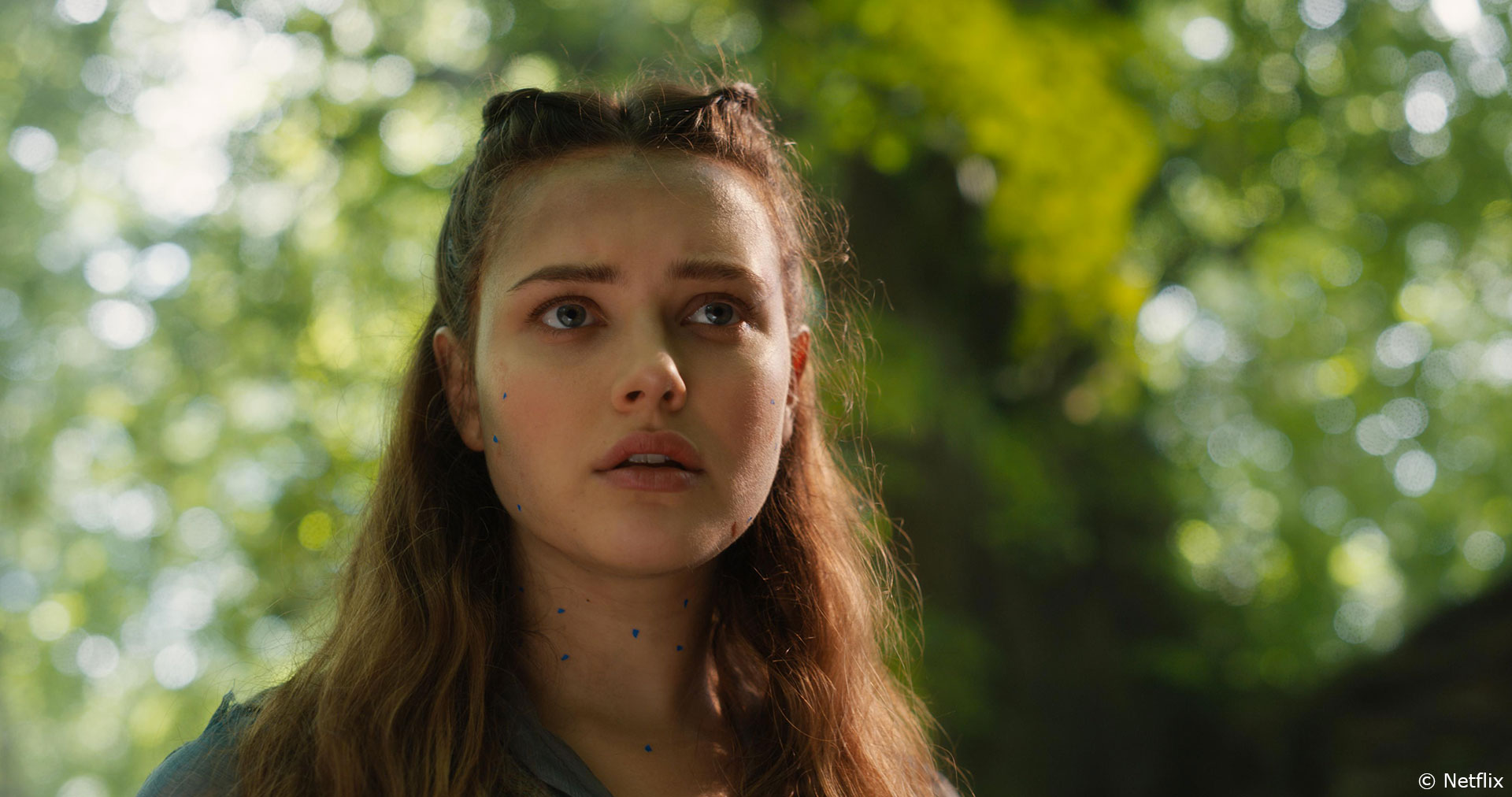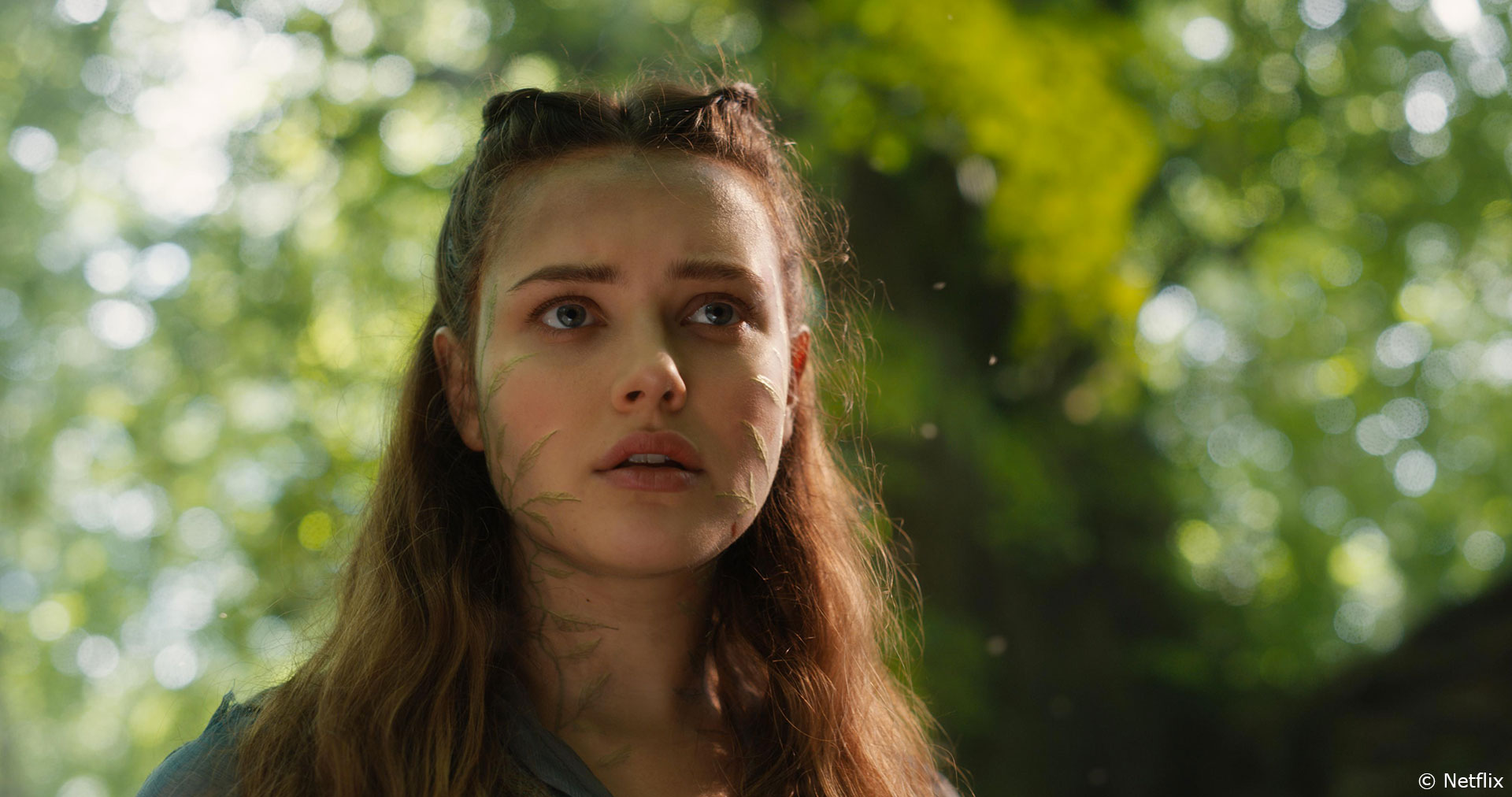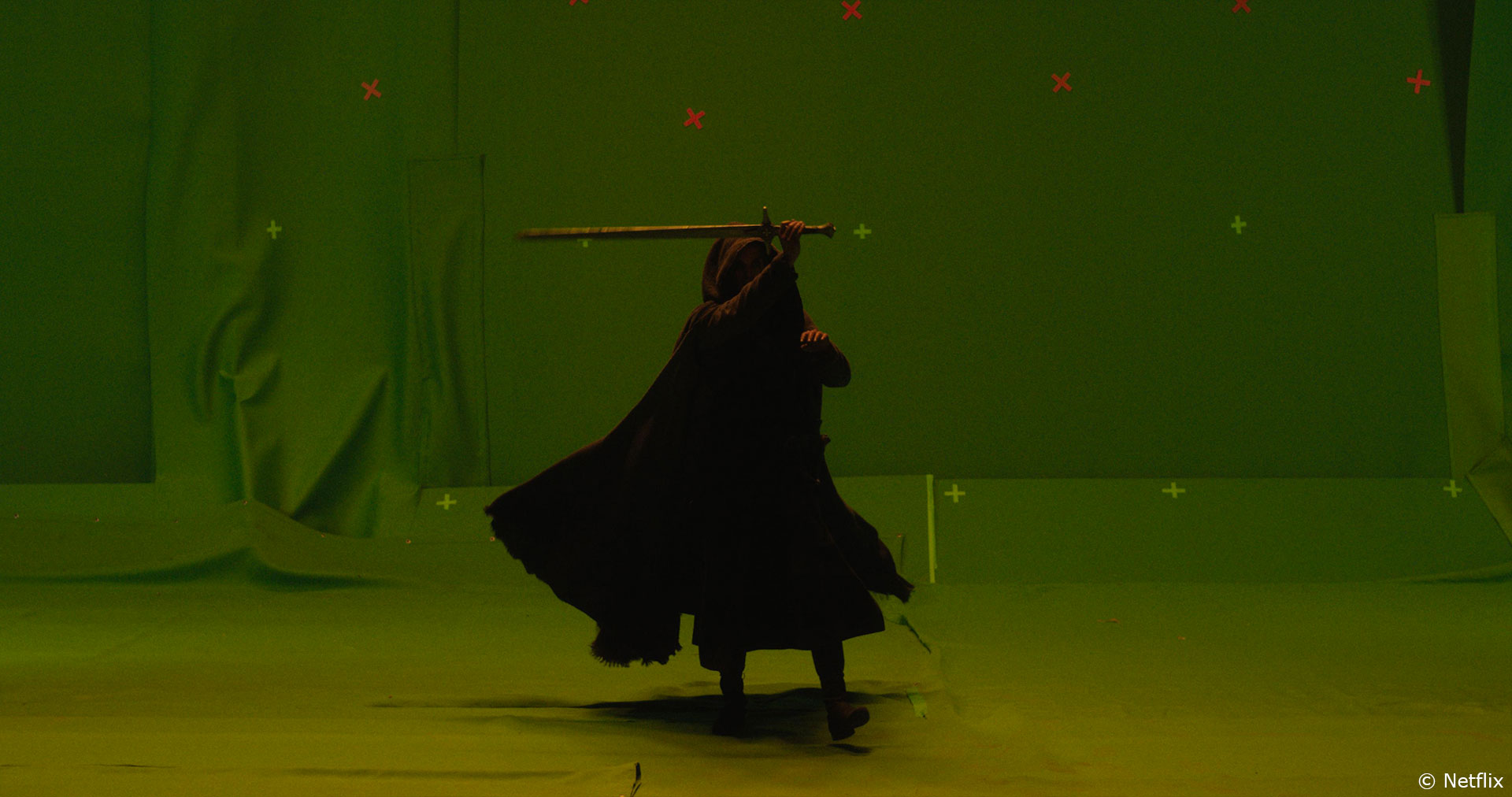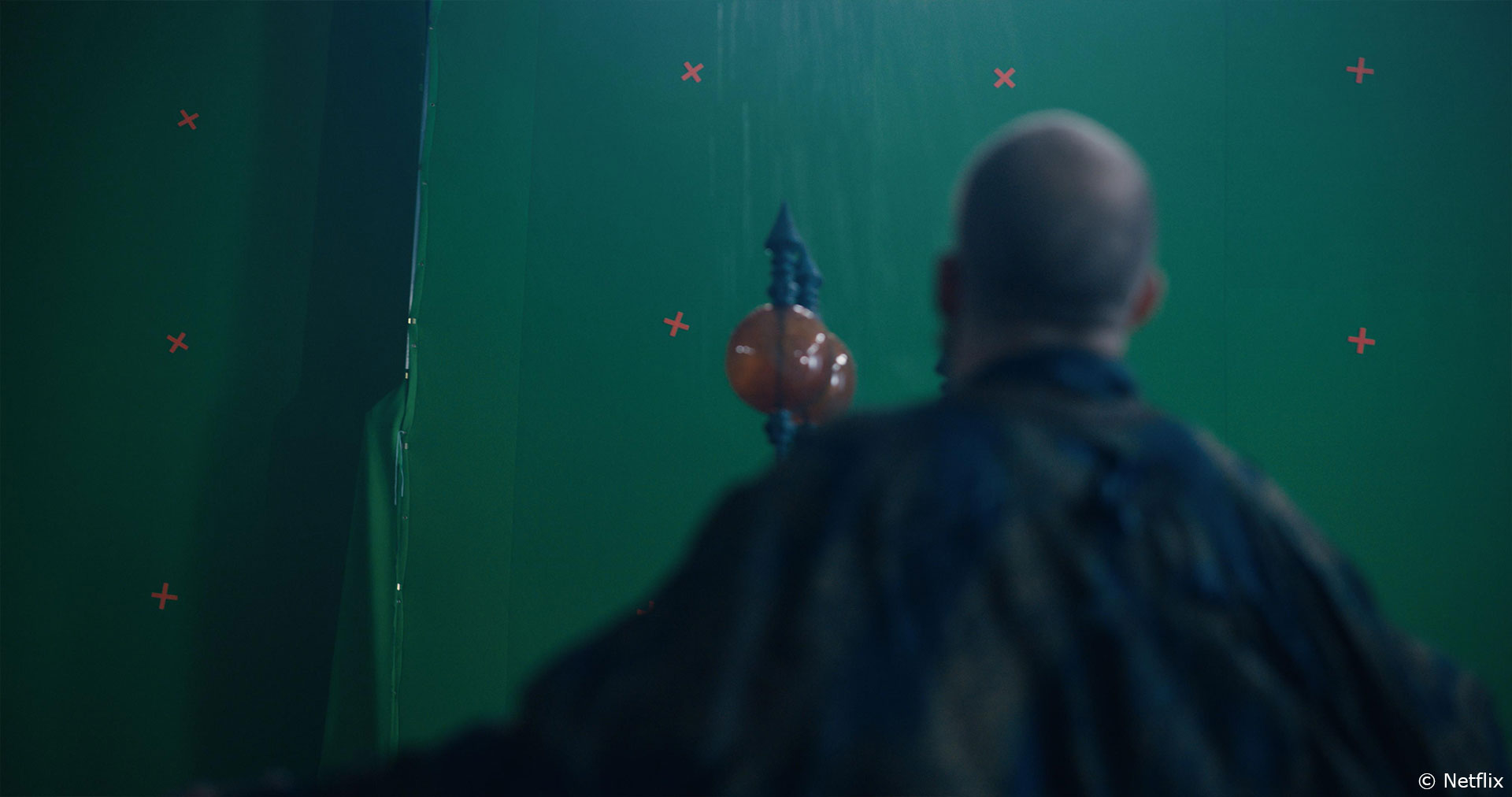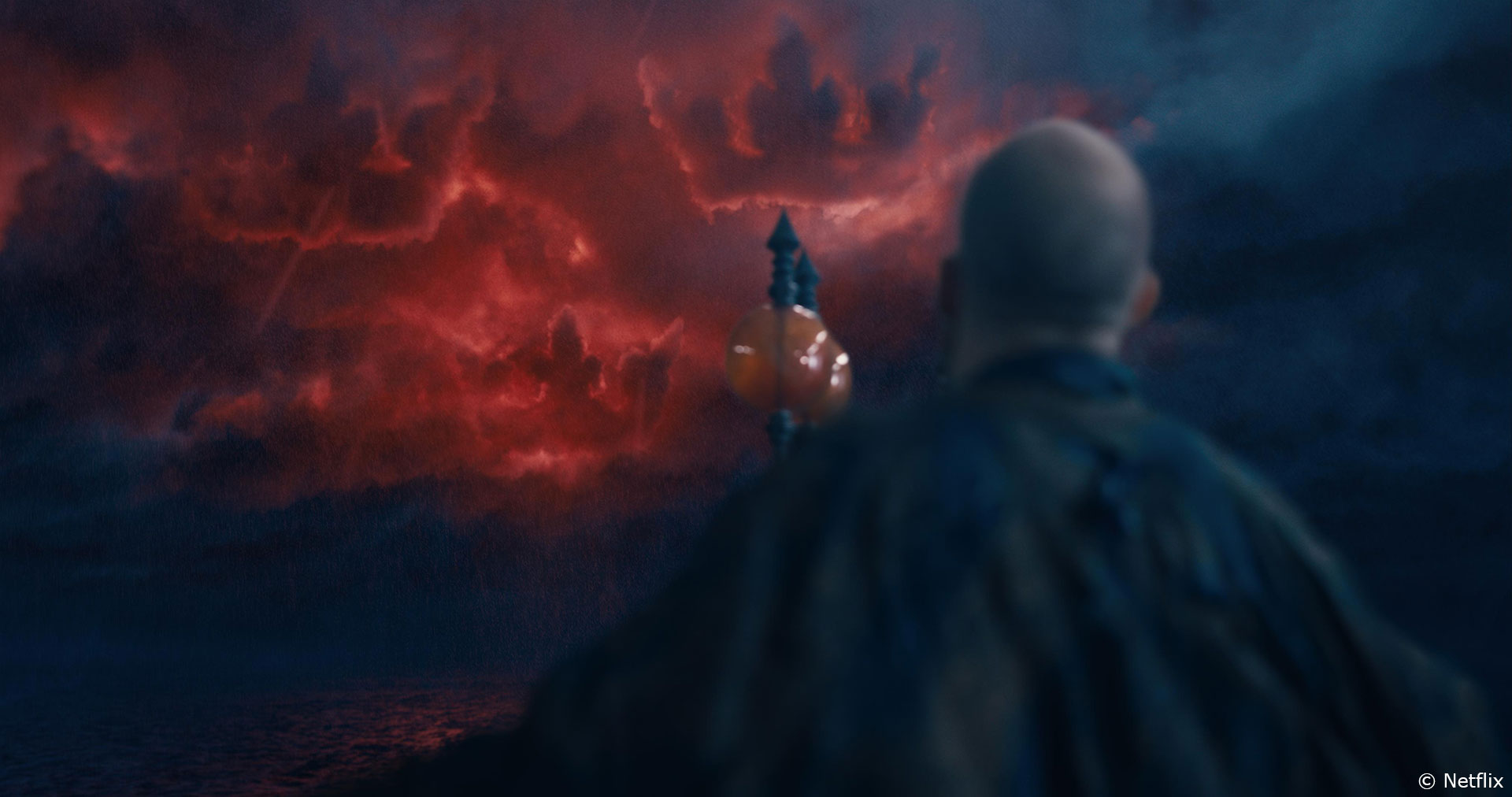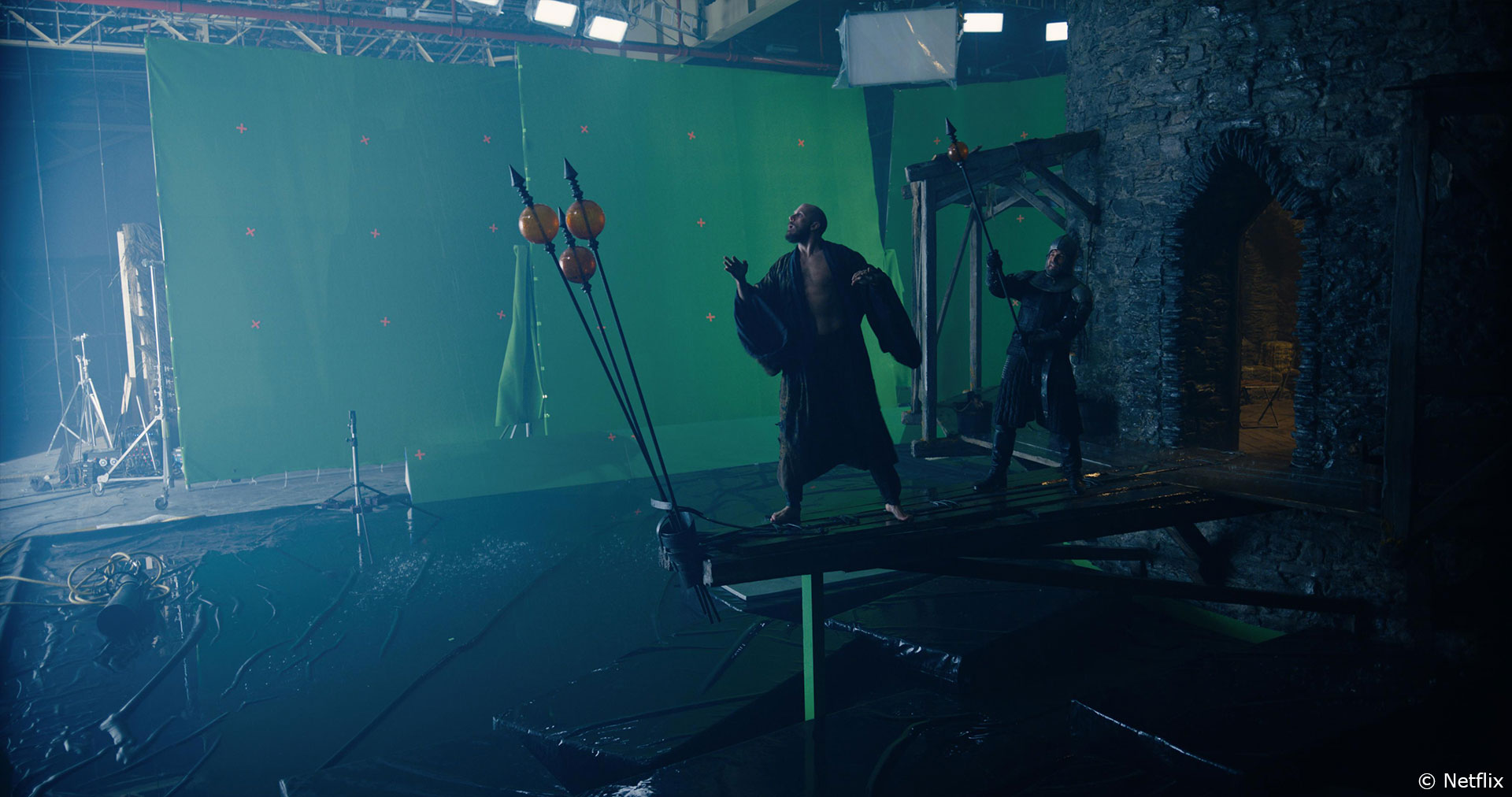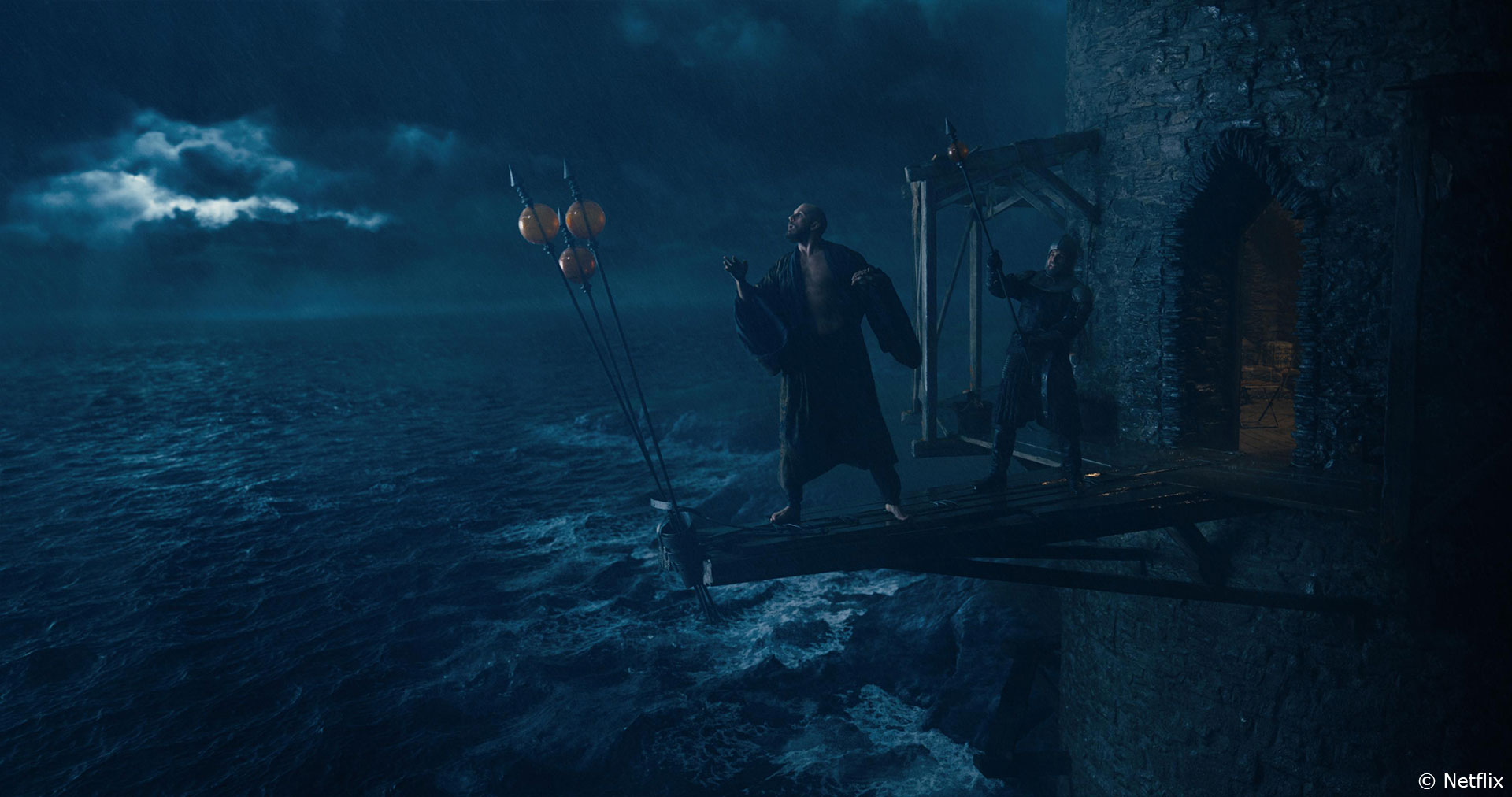In 2017, Ivan Moran explained the work of Framestore on GHOST IN THE SHELL. He then worked on MOWGLI. He talks today about his work as Overall VFX Supervisor on the movie Netflix, PROJECT POWER:
How did you get involved in this film?
I was fortunate to be involved really early on in the project after meeting the directors and producers and talking about visual styles and ideas that could be unique and groundbreaking.
How was the collaboration with the Directors Henry Joost & Ariel Schulman?
Fantastic. I really learnt a lot from working with them, they are so fabulously clever, talented, cool and groovy. And they are younger than me! Wait, now I don’t like them. Hahahaha. I loved working with them it was such a ride in every way. They never let me rest in the pursuit of excellence and I mean that in the most positive way imaginable. The visual effects in this movie are killer and I owe that to their inspiration and vision. These guys are hot property. Watch this space.
What were their expectations and approach about the visual effects?
I’d read the script before we first met and it was clear that despite being fantastical, the visual effects needed to be as grounded and as realistic as possible. There’s no fantasy world or alien planet to take a little stylistic license with. It’s gritty, rainy unforgiving New Orleans reality.
How did you organize the work with your VFX Producer?
Framestore took on the bulk of the heavy visual effects work mainly centered around the powers themselves as well as a CG version of the ship that was used in many shots as we had very limited access to ships of that size in New Orleans. We ultimately ended up with around four other visual effects companies working on a lot of the “invisible effects” scattered throughout the movie.
How did you work with the art department to design the pill and the powers?
Initially I started before a Production Designer was involved which was quite a unique position to be in. I worked closely with Art Director Jonathan Opgenhaffen from Framestore Pre-production Services and together we had this brilliant creative dialogue of ideas and crazy reference, almost like a creative chess game it was so much fun. Naomi Shohan joined as Production Designer and the three of us would refine ideas and then ultimately concepts and supporting reference were created for each character, including the pill itself. We would present to the directors and get their feedback and continually refine both the look of the characters powers but also some pseudo-science I developed to support it. When we arrived in New Orleans at the beginning of prep it meant we already had this amazing portfolio if-you-will of visual styles for everything so we could concentrate purely on how to execute them during prep.
The movie takes place in New Orleans. Did you need to extend or change some locations?
We actually did almost no set extensions or augmentations as it was shot in New Orleans for New Orleans and the city has such a unique look to it the locations speak for themselves. The locations are almost a character unto themselves as they as so vibrant and interesting.
What was your approach for the various powers and especially the fire?
I took my inspiration from Framestore’s work on Two-Face in THE DARK KNIGHT which I worked on as Lead Compositor back in the day. Essentially augmenting an actor and always keeping something real from the original photography rather than replacing them entirely with a fully digital character. For me I find it’s easier to copy reality rather than trying to imagine it. So, my approach was to shoot as much practically as possible knowing that some things wouldn’t work but at the very least my visual effects teams would have incredibly accurate reference of what it should look like. The visual effects have this extraordinary visceral gritty reality to them as there is almost always some part of the actor that remains to anchor the believability, most importantly their faces.
How did you design and create the transformations?
I have a background in physics and I love trying to come up with pseudo-science to ground and support visual effects I’m designing wherever possible. For the powers we always knew there was an animal kingdom basis for them from Mattson Tomlin’s super fun script and his ideas but the one that was a little harder to explain was why does everyone get a different power and most importantly what is the pill doing to you that could realistically produce the powers? I came up with the idea that the pill is essentially an amplifier that amplifies the subatomic vibrations that are present in all of us at a quantum level to such a great extent that they manifest themselves physically. The pill doesn’t change you chemically it changes you “electrically” in a sense which makes the pill unique amongst all drugs which is exactly what we wanted. And those subatomic vibrations are subtly different between all of us, hence why we each manifest different powers. In addition, using the theory that we are ultimately made of shared matter throughout the universe, it could be plausible that we each contain remnant DNA from animals past and present. Some powers are purely vibrational (Newt for example is essentially boiling from within) whereas some are amplified manifestations of remnant animal DNA (the camouflaged bank robber for example is inspired by cuttlefish mimicry).
Can you explain in detail about the creation of Newt in fire?
There is this wonderful moment in the script where it describes how Newt’s sweat starts to boil and turn to steam which was the inspiration for the theory behind his powers. Having fire inside you isn’t scientifically plausible but if something (the power pill) could amplify your subatomic vibrations so much it could in theory cause you to boil internally. There is a phenomenon which you can easily YouTube called superheated steam which is where steam is continually heated further until it reaches a temperature where it can combust objects. So, the idea is that Newt’s sweat boils and turns to steam and is heated more and more until it ultimately ignites the air around him. So, if you think about it, there is actually a very thin layer between Newt’s skin and the fire itself which explains why his skin has terrible burns (from boiling) but also why it is still intact. As it is the first power we see we were very careful to show these steps visually for the audience to think about how this could be happening. The directors always wanted to avoid someone manifesting an arbitrary power for no reason, each one had to have a backstory of science to support it. There are no magic powers you’ll notice.
What was the main challenge with this character?
The main challenge with this character was the interactive lighting problem. Fire on a person in VFX is a particularly challenging problem because in the absence of lighting on the character from the fire, it looks fake and “stuck on”. One solution is to create a fully digital character that you can light however you want but we wanted to avoid that on this movie at all costs. The non-VFX portion of the movie, the camera style, the production design has this incredibly gritty realism that required a real performer. When Machine Gun Kelly drops through a hole in the floor on fire and lands it is the antithesis of a perfect superhero pinpoint landing. It is flawed, desperate, human, violent, visceral. That kind of thing is incredibly difficult to animate as it is down to performance on the day and not something you can easily YouTube for reference.
How did you handle the interactive light for Newt in fire?
I devised a fully programmable LED suit that was embedded within many layers of burns victim prosthetics that were applied head-to-toe on the actor. As we wanted as much of the actor’s real performance to be on screen and only digitally replace small portions, we had to hide LED strips, wires, battery packs and transmitters on a human being who is running, jumping and dropping through holes in a stunt rig. It was intense. We could run animated fire loops through the panels and control the whole body to extinguish and “reignite” him live on set. Without this interactive lighting we achieved on set, we never could have kept the actor’s original photography. Because we could is exactly what makes the scene so terrifyingly believable.
Which power was the most complicated to create and why?
Probably Art’s Power at the end of the movie. It was really important to the directors and I that we clearly visually told the physics that are happening to produce the explosion which is one of the reasons why it is in slow motion, and also because slow motion is just cool. Remember we are saying that the Power pill amplifies subatomic vibrations, in the case of Art these manifest into powerful infrasonic waves that emanate out of him and cause liquid water to vaporize (steam) and ultimate ionize (plasma). Have you ever microwaved two grape halves? Definitely DO NOT but you can check it out on YouTube. Waves turn the water in the grapes into plasma, same theory. There is also a neat animal reference for this as well believe it or not which Art alludes to earlier in the movie: The Pistol Shrimp. Check it out on YouTube too. The reason this power was so tricky was because if I closed my eyes I could imagine the sequence in my head but for everyone involved, from the directors to all of the film crew, actors and my VFX team, they would all look me at various times and ask: “Ivan, this is ummm, this is gonna work right? It’s gonna look cool right?” I had to trust my gut, experience and imagination more than ever before in my career which is why I am so proud of the uniquely beautiful result. It’s just so awesome, I love it.
How do these kinds of slow motion shots affect your work?
The Phantom cameras have a lower light range response so we had to work in post to grade these very carefully. Other than that, all the physics for the simulations needed to run in slow motion which was tricky but fun.
Can you tell us more about the giant character and all the destruction that he caused?
As with the other characters it was really important to me that we shoot as much practically and keep as much of the real actors’ performances as much as possible. Rodrigo Santoro was shot in full prosthetics on a miniature set to achieve his 10ft scale. I was lucky enough to work on LORD OF THE RINGS back in the day and loved the use of miniatures and in-camera tricks so I wanted to harken back to that a bit. It’s really fun and appeals to the geek maths side of my brain. You have to do all sorts of crazy things with the camera to compensate, like shoot at mathematically proportional f-stops (to cheat the depth of field so it doesn’t look like a miniature) and frame rates (so things falling 6 feet look like they are falling 10 feet). Super cool.
Can you elaborate about your work with the stunt and SFX teams?
As Kevin Scott (Stunt Choreographer and Second Unit Director) always said: “TRUE collaboration inspires true greatness.” The tight knit collaboration between myself, Kevin, SFX Coordinator Yves De Bono and Prosthetic Make Up Effects Designer Mike Marino and their respective teams was instrumental in achieving the gritty reality we accomplished with the FX work on this movie. We might form a rock band. We shot a performance matching stunt man on fire for each beat of the fire sequence, convinced actors to put lights in their mouths and endure 5 hours of prosthetic makeup, ratcheted (pulled) countless daring stunt men and women, triple rolled a car into a sugar cane field and soaked Jamie Foxx, Dominique Fishback and countless others in torrential rain at night for many nights.
Can you tell us more about your collaboration with their VFX supervisors?
I am very familiar with the teams and technology at Framestore so their internal VFX Supervisors (Joao Sita and Matt Twyford) and I had a really unique shorthand when we were reviewing work together. I could say: “Who’s the comp sup? Ah Adrian (Adrian Nurse at Framestore Montreal whom I’d worked with for years), tell him to use the overhead twisty Nuke gurgler node and offset with some flim and less flam.” That makes no sense but you know what I mean. With Joao and Matt and the other VFX Supervisors Thomas Schelesny (Image Engine), David Bowman & Matthew Lane (Distillery), Alex Lemke & Michael Huber (East Side Effects), James Rustad (Outpost VFX), Helen Bunker I always have the same approach: “The directors want this, I think we should also try this and then I want a third which is something wacky and different from you. Surprise me.”
Which sequence or shot was the most challenging?
The Frozen Girl shot was logistically incredibly challenging (see below) for my VFX team, I’m surprised they still talk to me. It took about 9 months to do the VFX work for that one shot.
Did you want to reveal any other invisible effects?
Is the ship real? Rarely. Is the sky real? Rarely. Is the water real? Sometimes. That’ll do, I can’t give away all my secrets.
Is there something specific that gives you some really short nights?
Arriving in New Orleans end of July in a billion degrees and knowing I would have to somehow survive shooting a movie there with weeks and weeks of night shoots. I’m not as young as I used to be, it almost broke me and all of us.
What is your favorite shot or sequence?
Oooo that’s hard. Probably the Frozen Girl shot if I had to pick. There is so much going in there, countless coloured flashing lights that my VFX team had to hand match frame by frame, a true one-take (no VFX stitches) hand held camera with absolutely zero real ice on the day. It’s soooooooo good.
What is your best memory of this film?
Receiving the critters memo on our call sheet in our first week of night shoots in NOLA: “Tonight there will snake wranglers, alligator wranglers, bee and wasp wranglers to help with the many many many snakes, alligators bees and wasps that live at your location. The mosquitos are terrible too but you’ll have to wrangle those yourselves.” Classic. I grew up in tropical Far North Queensland and this was extreme even for me.
How long have you worked on this film?
2 years.
What’s the VFX shots count?
1’000.
What was the size of your team?
200-250ish probably?
What is your next project?
Hiding in the US Virgin Islands not thinking about VFX for a bit. Gotta rest the mind, body and soul. Living in NYC in 2020 has been….challenging. We love that city to bits but need some ocean vibes.
A big thanks for your time.
PROJECT POWER – BEFORE & AFTER VFX – NETFLIX
WANT TO KNOW MORE?
Framestore: Dedicated page about PROJECT POWER on Framestore website.
East Side Effects: Dedicated page about PROJECT POWER on East Side Effects website.
Outpost VFX: Dedicated page about PROJECT POWER on Outpost VFX website.
Netflix: You can now watch PROJECT POWER on Netflix.
© Vincent Frei – The Art of VFX – 2020


